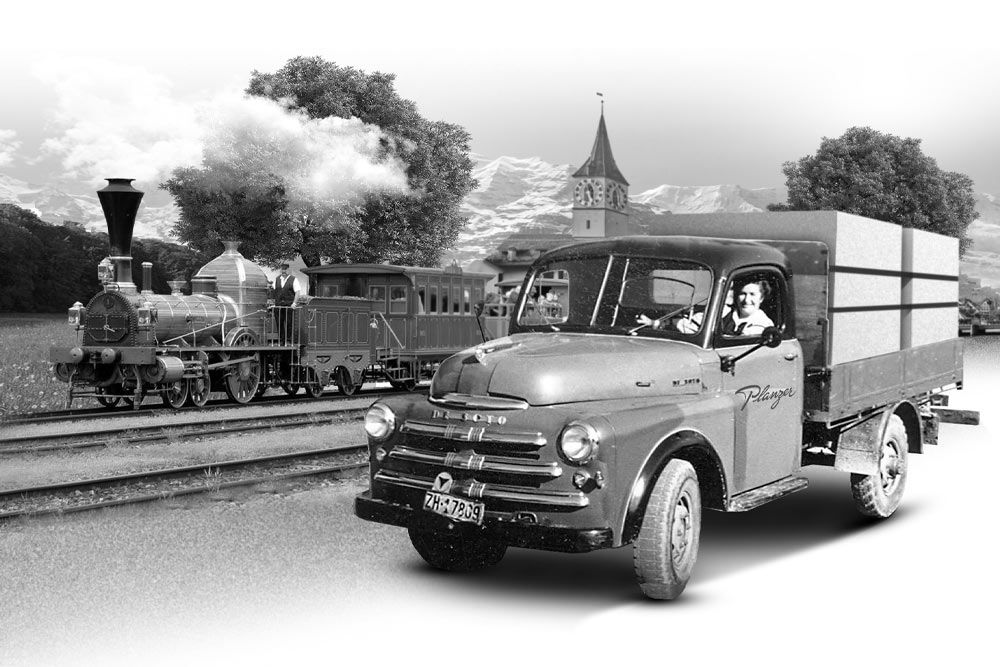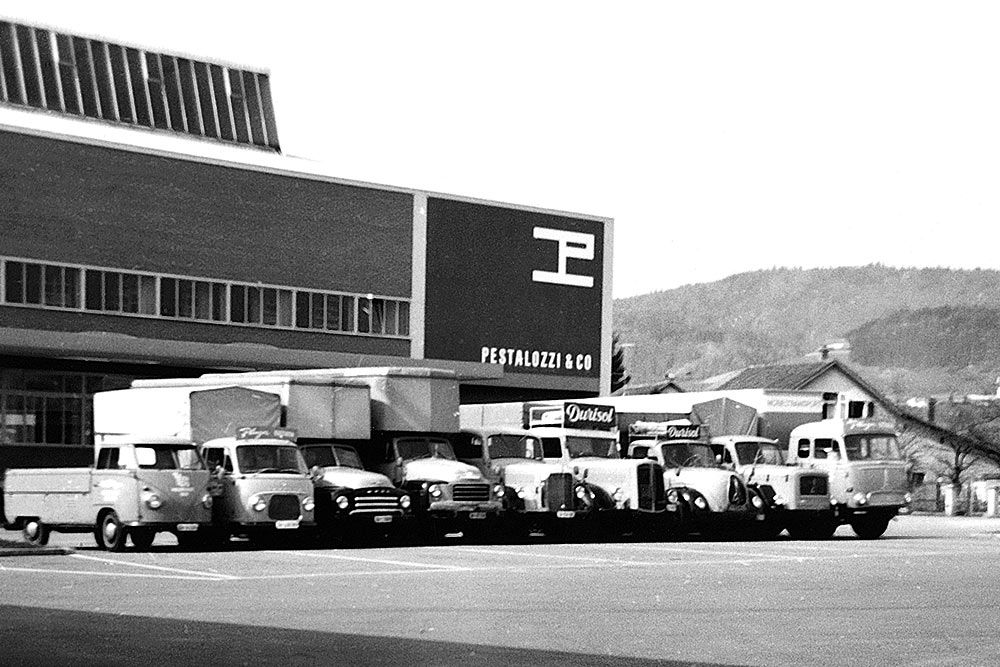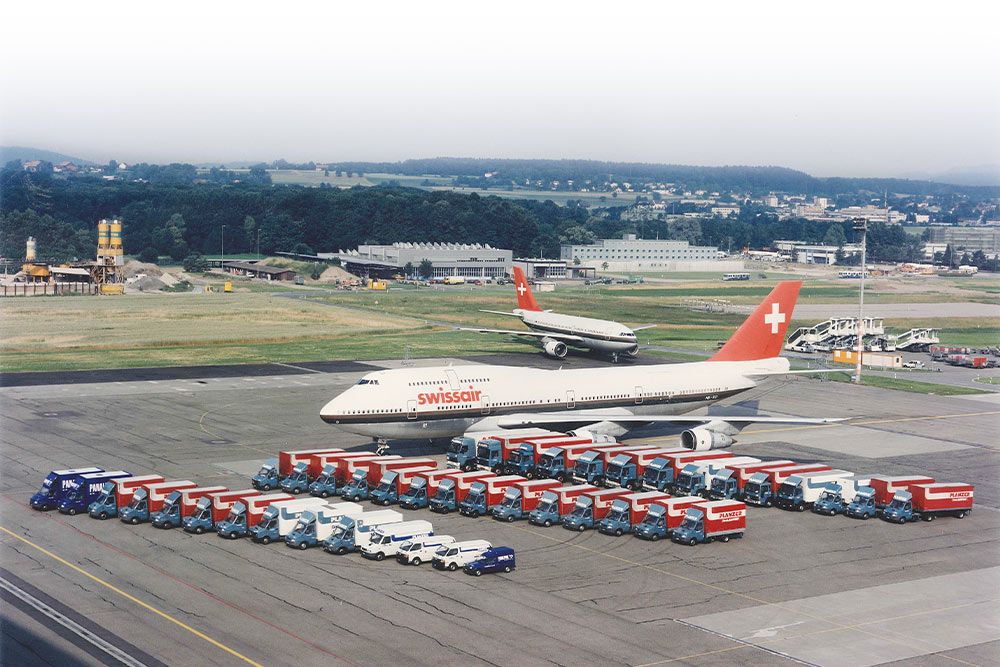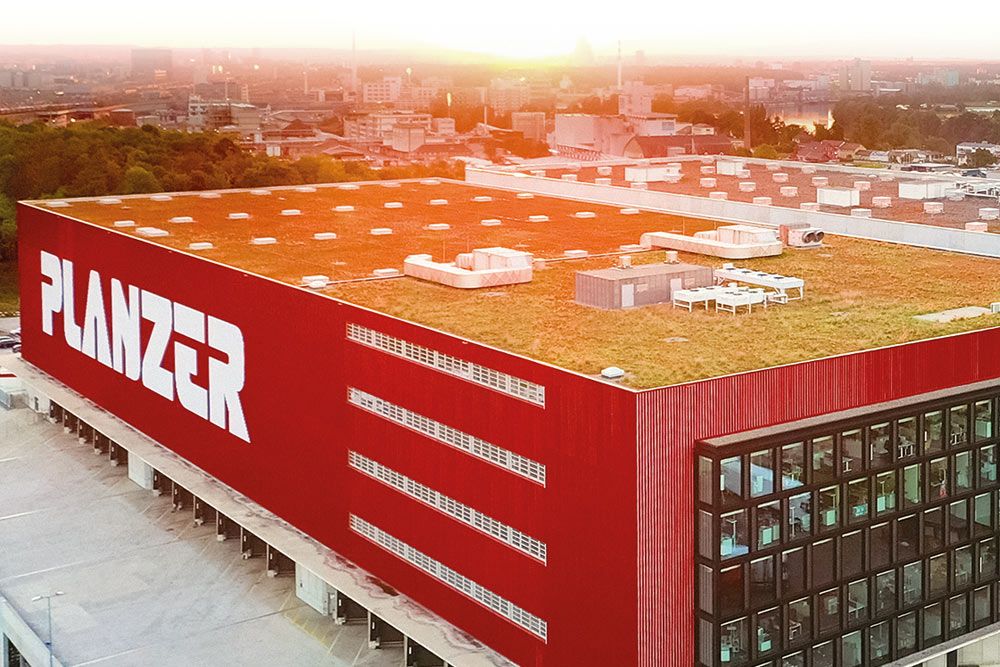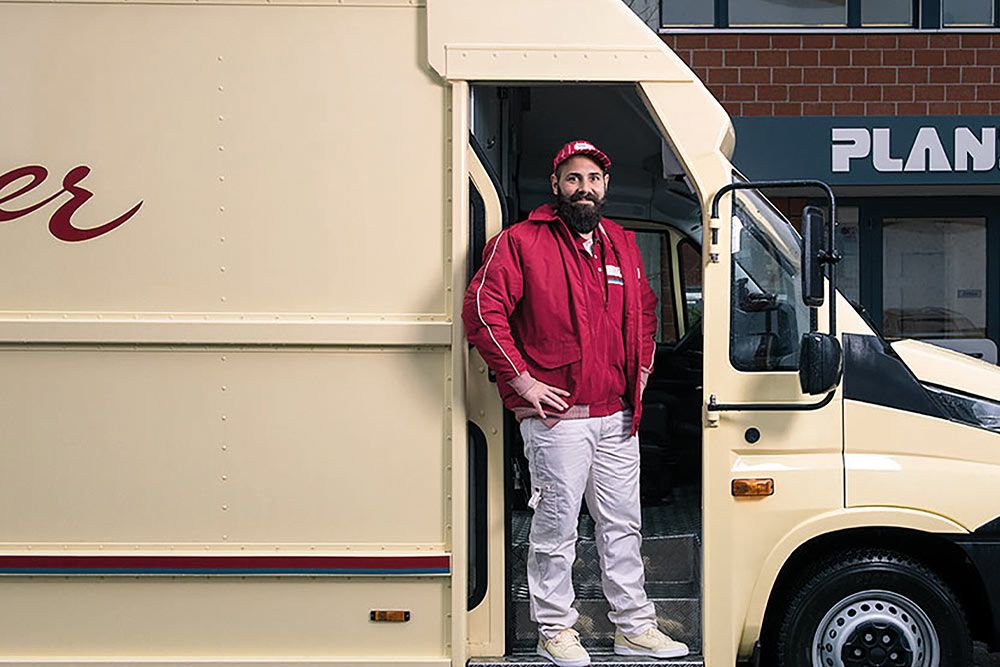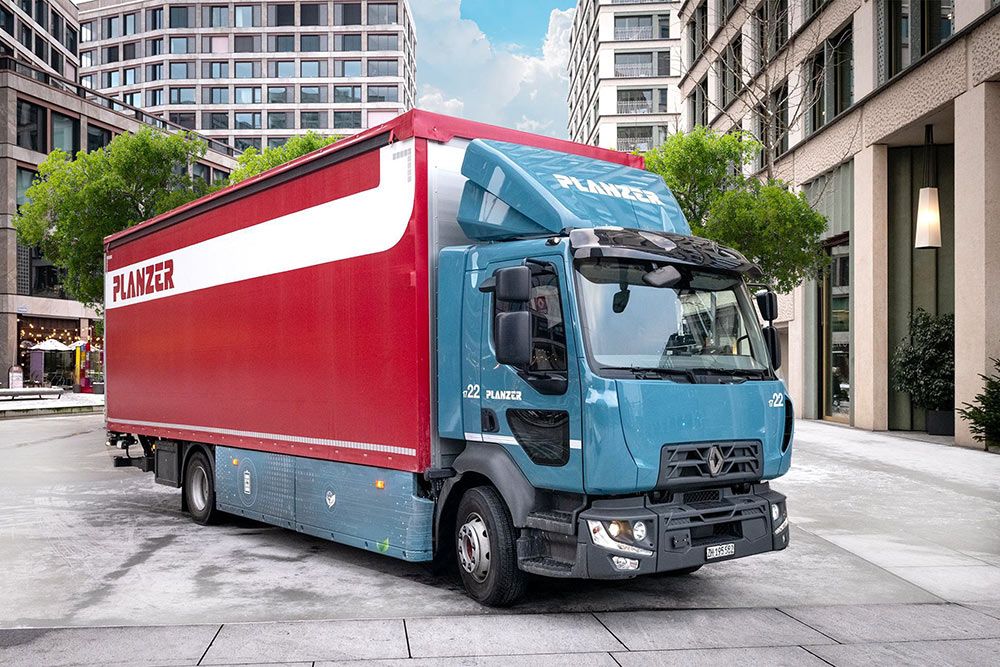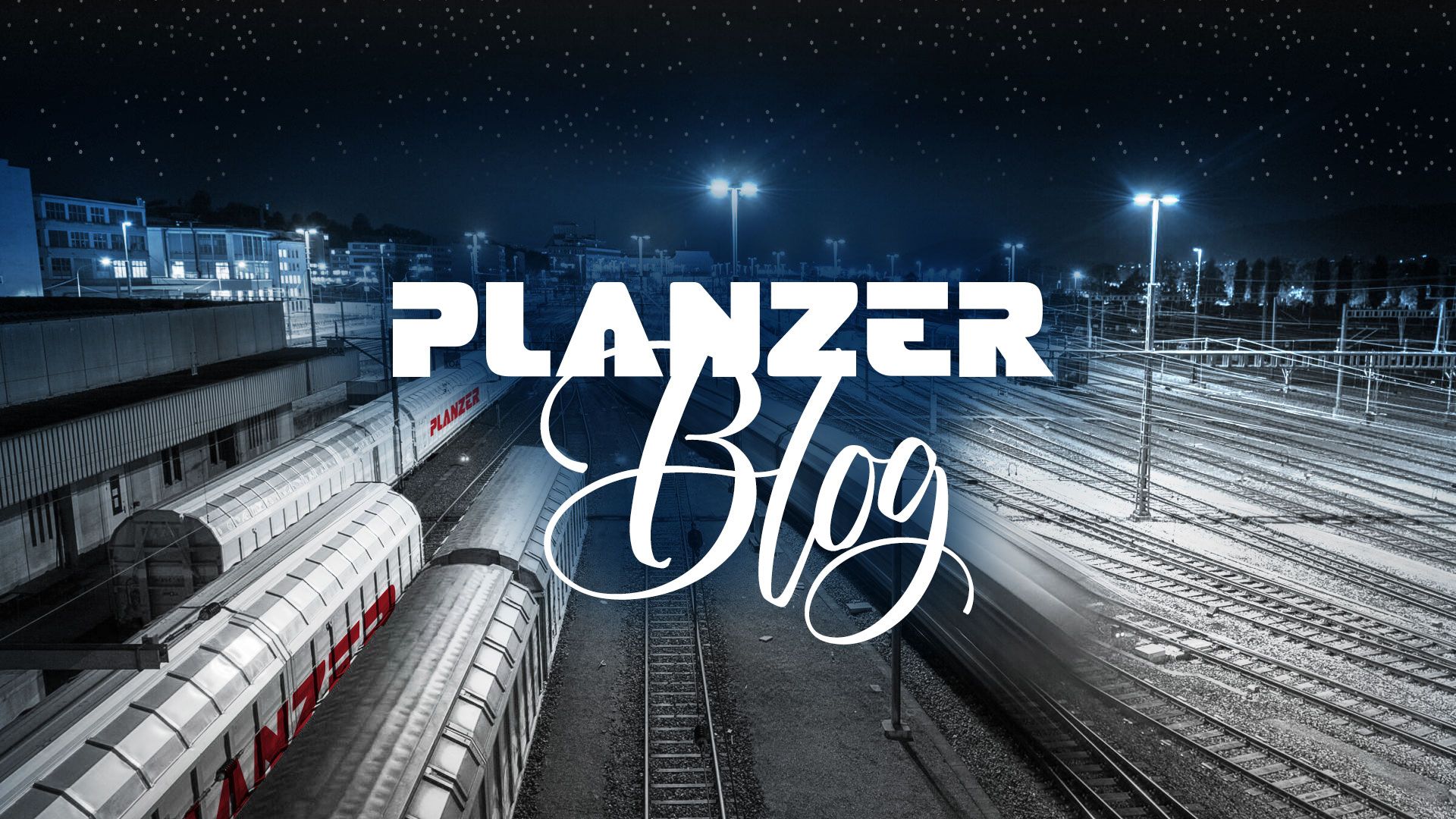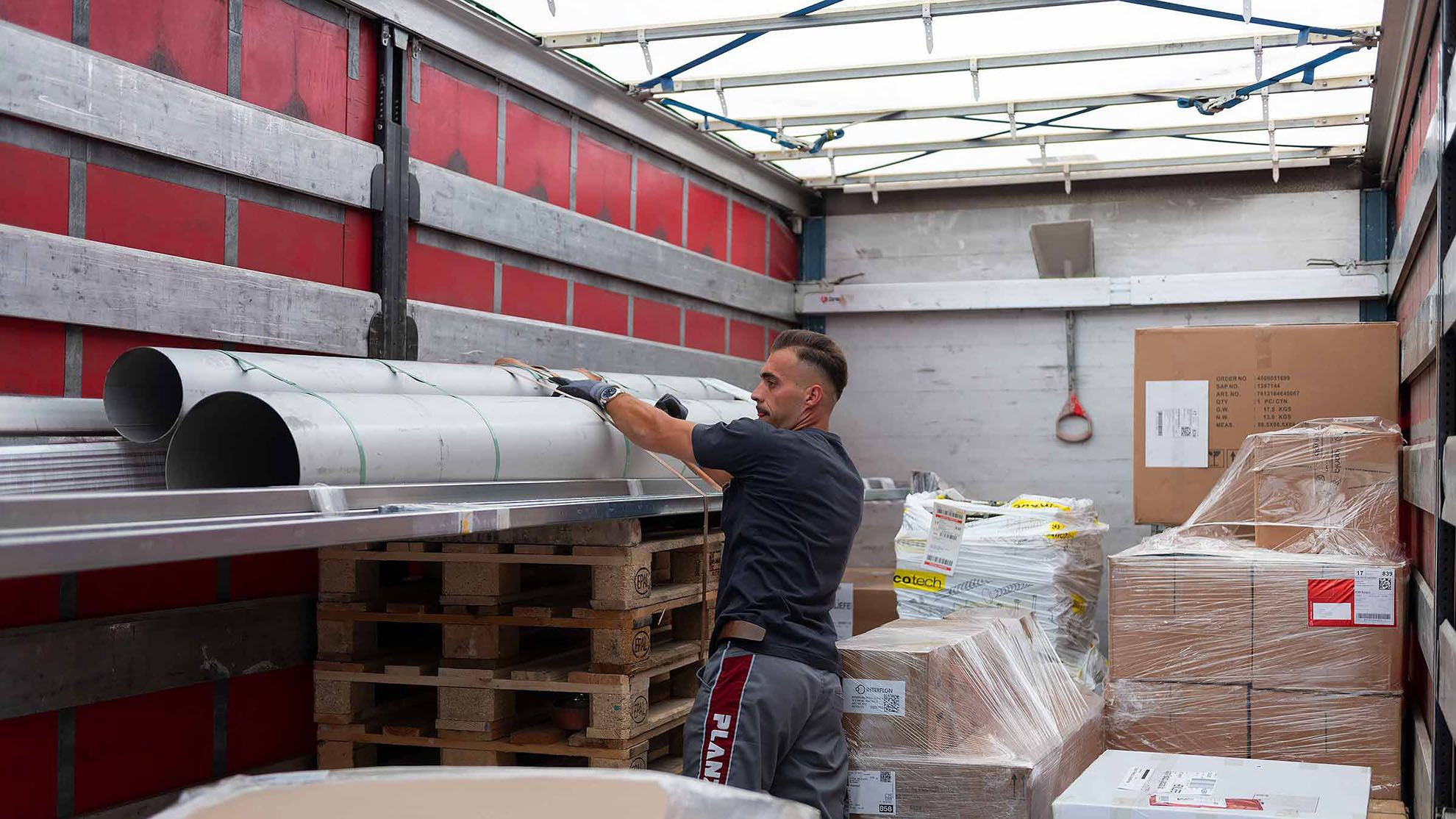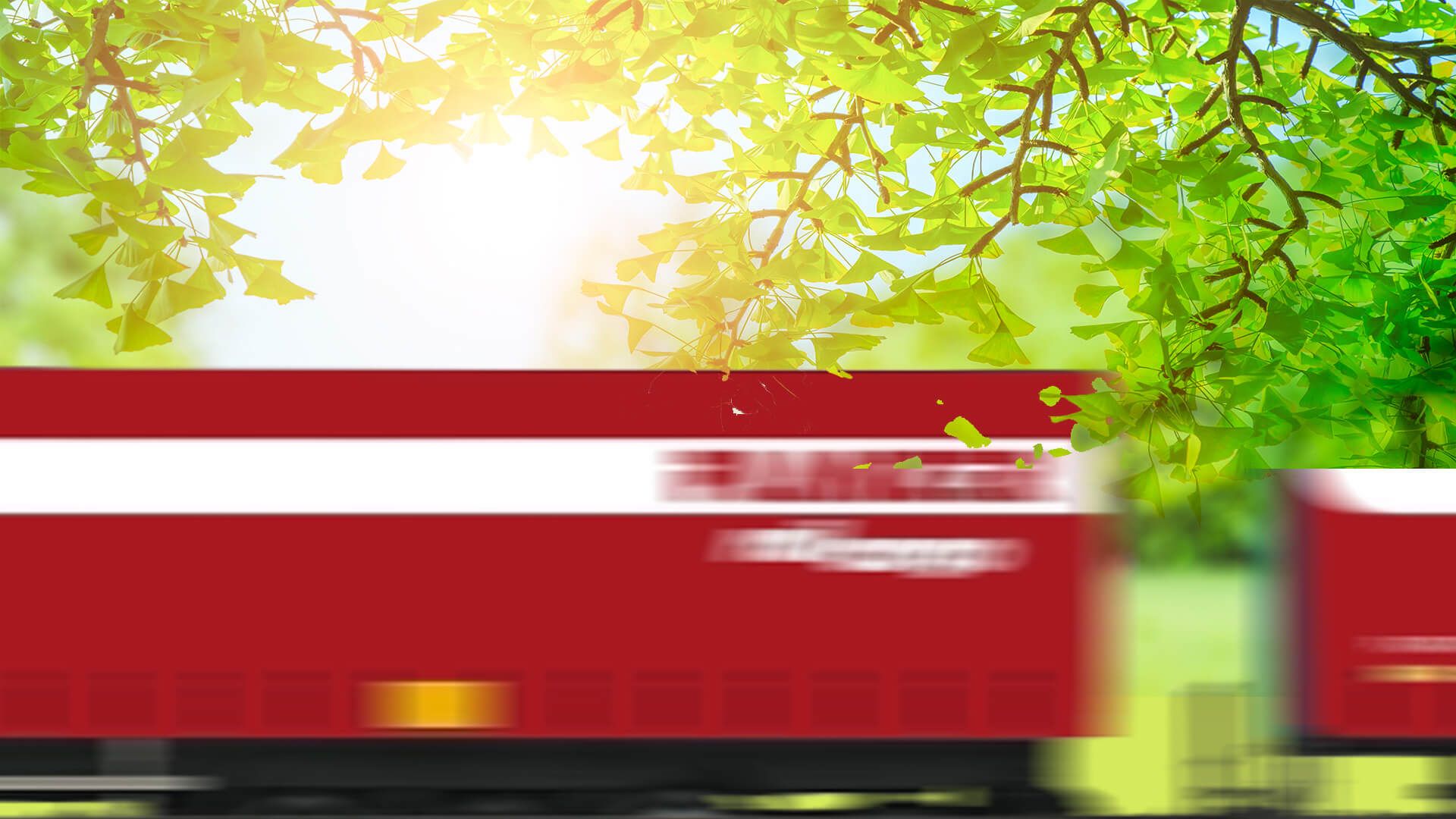- Transport
- Warehouse logistics
- Total solutions
- E-commerce
- Replacement parts logistics
- Event logistics
- Fitness
- Food
- Hazardous goods
- Household/professional appliances
- Home + garden
- Home electronics
- High-end logistics
- Home/personal care
- Medical technology
- Furniture
- Outsourcing
- Pharmaceuticals and healthcare
- Production supply
- Repair logistics
- Supply chain management
- Jobs
- About us
- Contact
- EN
On the road from way back: A company steeped in tradition
We’ve been through over 80 years, three generations, countless experiences, important milestones and significant achievements since our founding.


1930s to 1940s

1930
As one of seven children in a working-class family, Max Planzer Sr has to support himself from an early age. He is hired as a farmhand in Welschland. In 1928, Max moves from Sirnach in Thurgau to Dietikon. In the early days there, he delivers milk from house to house for his brother, who owns a horse and cart. This is where he meets his future wife Mathilde Rehm.
In 1930, Max Planzer Sr shifts from horses to horsepower. He buys his first truck, a petrol-fuelled Chevrolet with a three-tonne payload. He also passes the truck exam and works as an independent transport company. As such, he supplies his customers in and around Dietikon with all manner of goods.
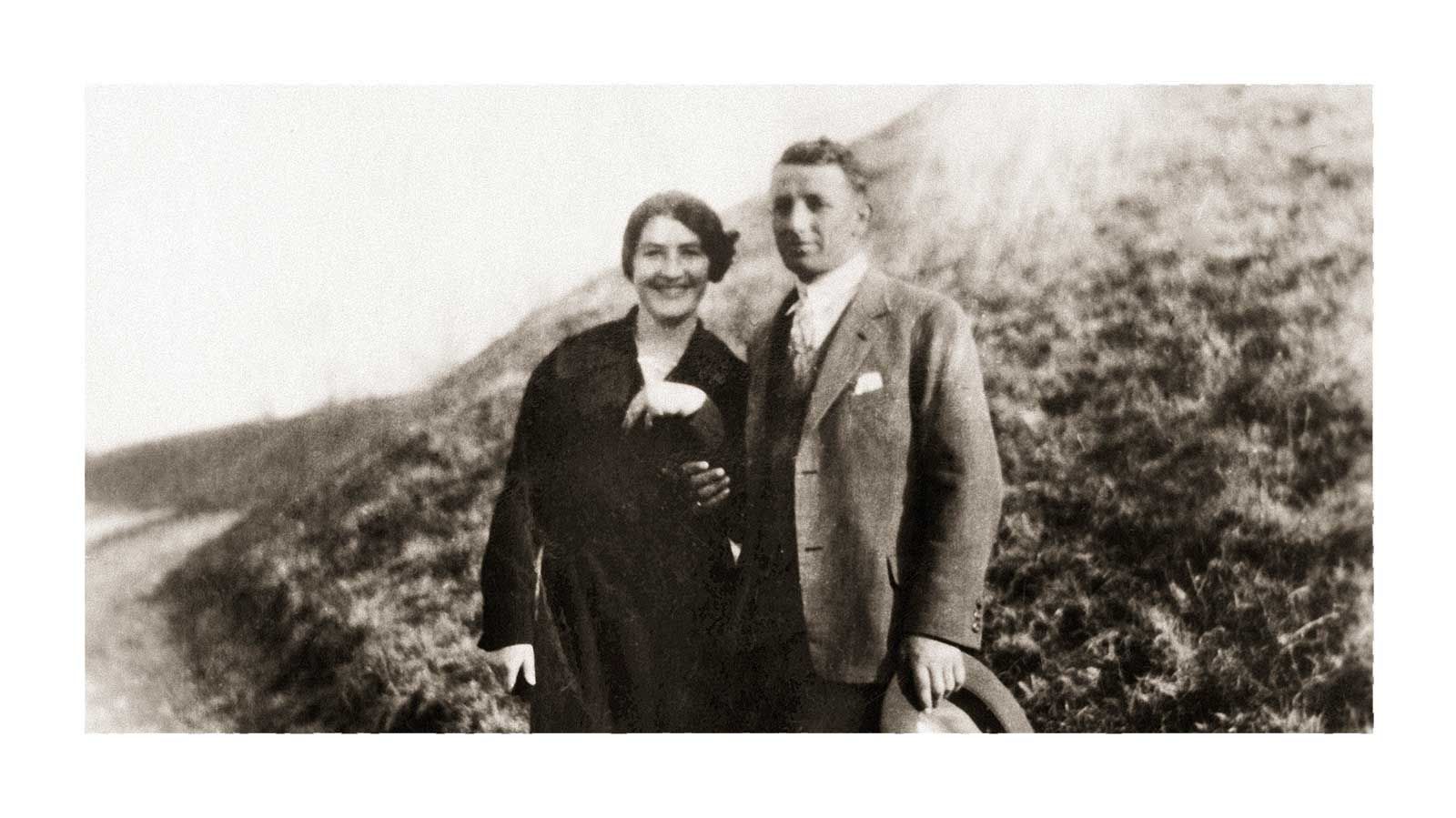
1936
Max Planzer Sr has himself entered in the commercial register as a haulier. In his private life, he passes a milestone two years before this and marries his great love Mathilde. His wife Mathilde works actively in the company from the very beginning. She personally delivers goods by bicycle and trailer.
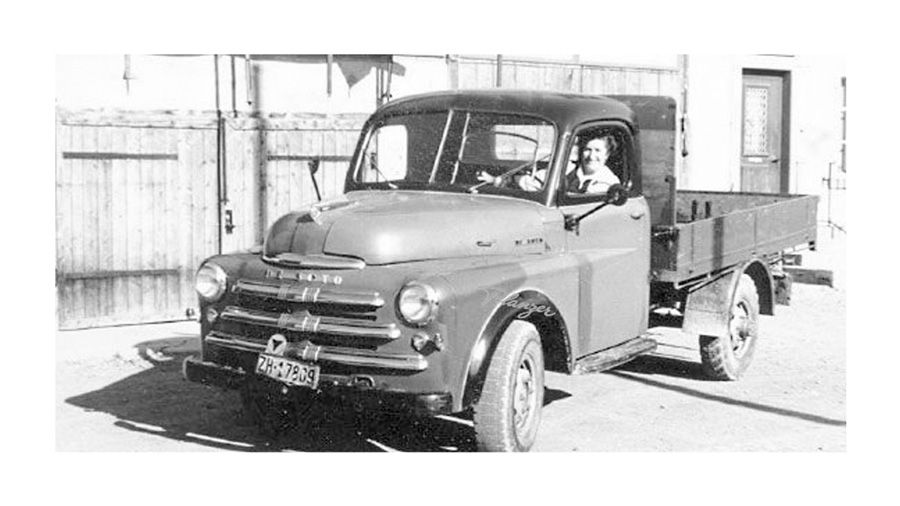
1938
Mathilde Planzer takes her driving test without the knowledge and permission of her husband. She had surreptitiously saved the money for the driving lessons from the housekeeping money. Max Sr’s initial anger quickly fades. He buys his wife her own vehicle, the company’s second Steyr delivery van with a loading bridge.
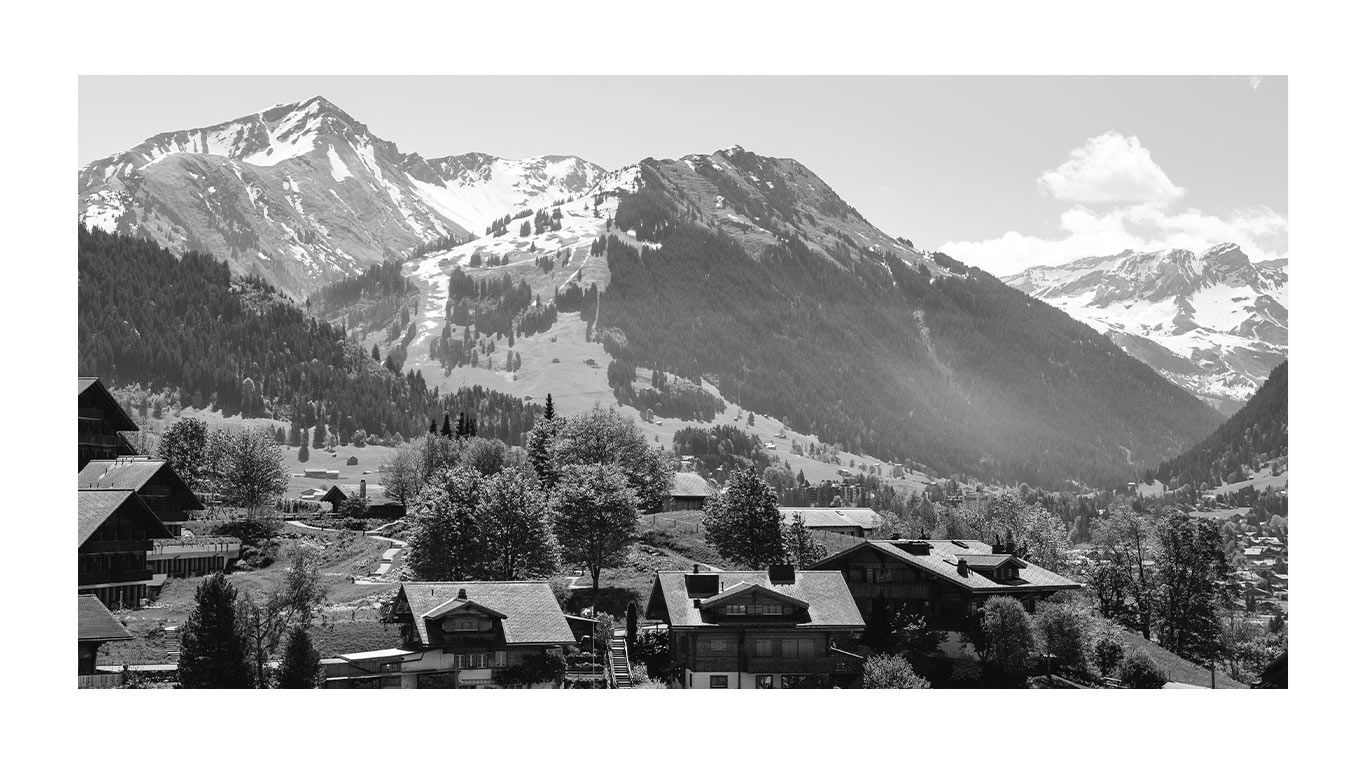
1939
The Second World War begins. Max Sr is called up for active duty. Daily business is taken over by his wife Mathilde.

1947
The war is over and the Planzers have plenty to do. The Chevrolet is traded in a year earlier for a better model from the same brand. Until now, the parents have lived in a rental apartment in Dietikon, but now buy a farmhouse – the company’s first headquarters. In the living room of this farmhouse is a large table with twelve chairs, which are generally filled with family members and drivers for lunch and dinner.
1950s to 1960s
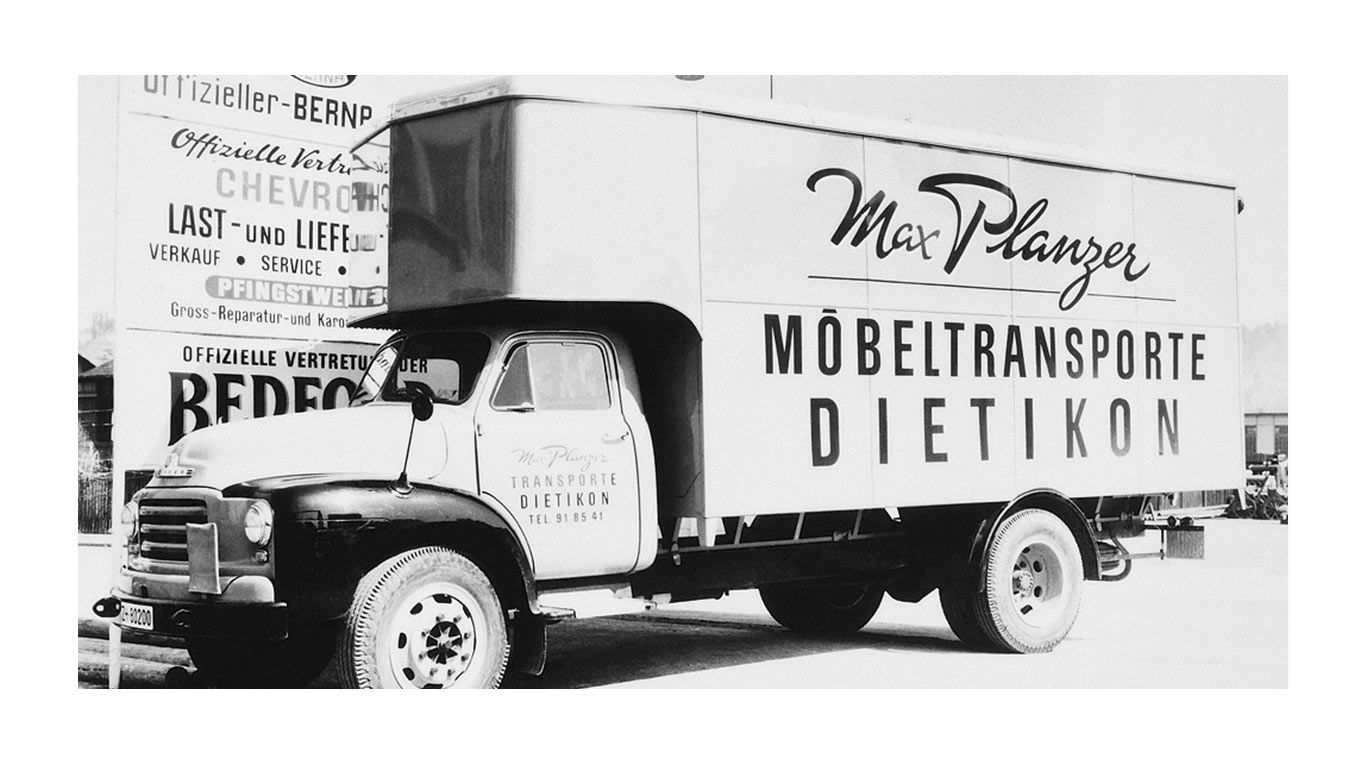
1955
The Federal Council opens Switzerland’s first motorway. It runs from Hergiswil in Nidwalden via Horw to Lucerne. The same year, Mathilde and Max Sr purchase the latest Bedford truck with a payload of five tonnes. The purchase price for chassis and cabin is 18,000 francs; the bridge and furniture box cost another 12,200 francs. Max Sr writes his signature on the furniture bridge of the truck. This lettering becomes the first Planzer company logo and remains so until the founding of the limited company in 1966.
Today, the original logo adorns the services of Planzer Parcel and Planzer Home Services.

1959
Bruno Planzer starts an apprenticeship as a truck mechanic in Schlieren with an importer of MAN trucks who operates his own garage. Six weeks in, it turns out that the boss does not have the requisite master craftsman’s certificate. Disappointed, Bruno breaks off his apprenticeship and works for his parents’ company for a few months. In autumn 1959, he begins an apprenticeship as a car mechanic with Th. Willy in Zurich. His teacher takes a stern approach with the young man. The same year, the designated successor Max Jr joins the family company as driver at the age of 21.
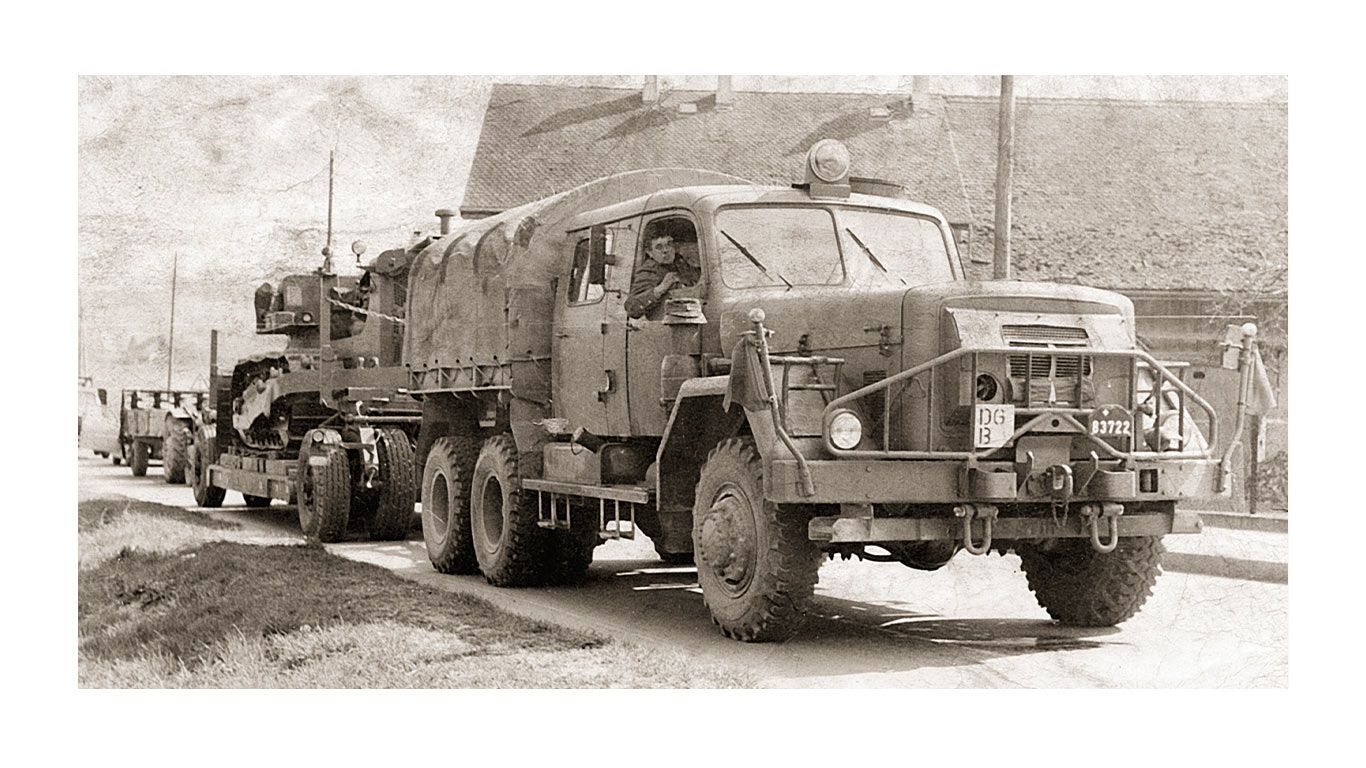
1960
Max Jr is called up to attend the NCO training college by the Swiss Armed Forces. His parents have to hire a driver for the used Magirus they had bought especially for Max. Max Jr only returns to his parents’ company for a brief period before embarking on a military career. The company is short-handed and his parents are obliged to pay for his training as an army officer out of their own pockets. What’s more, his sister Hildegard and Max Jr both married in short succession; the dowry is an additional financial strain for the parents.
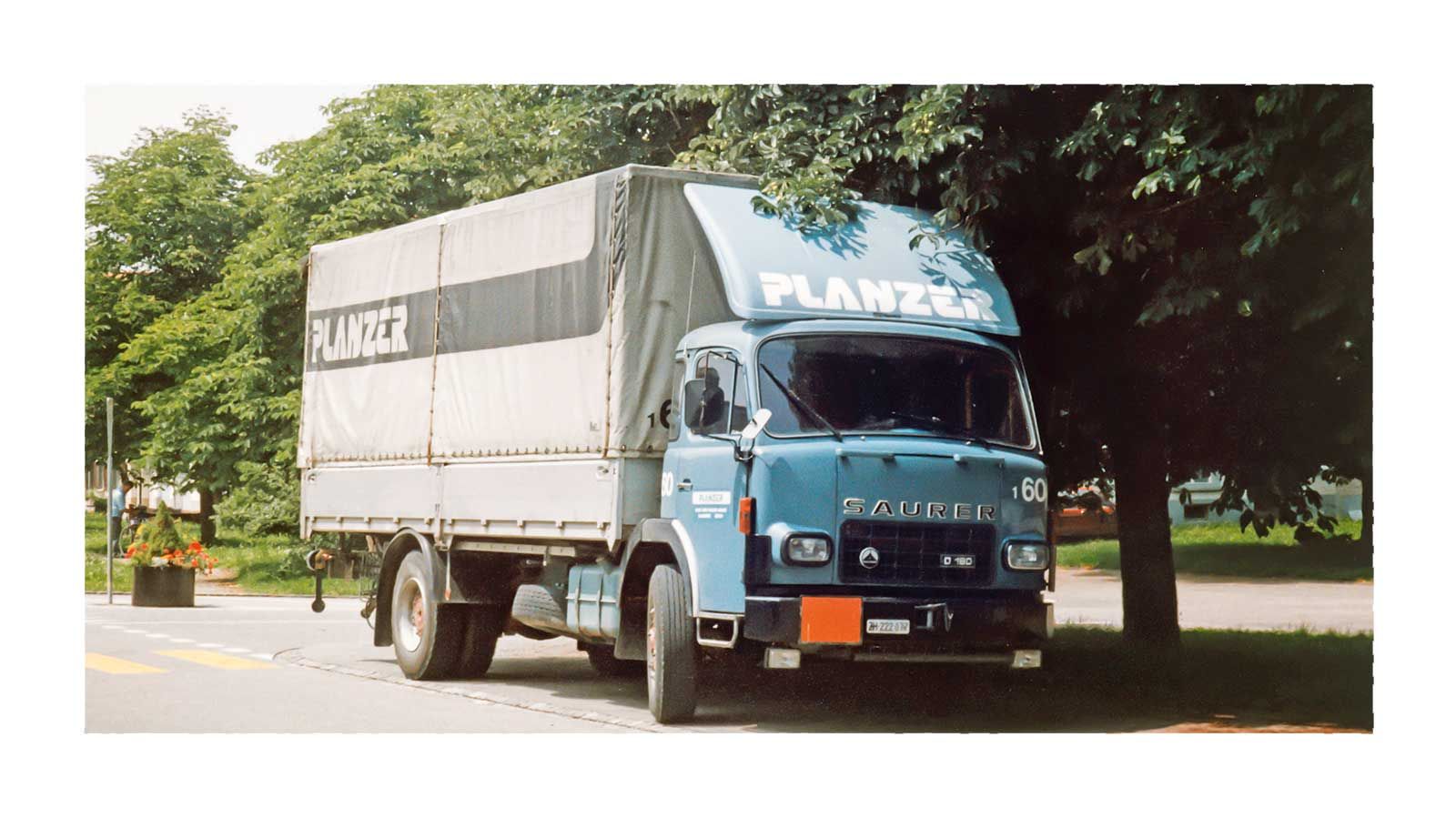
1966
Bruno Planzer successfully graduates from business school. Max Sr asks him to join the company as well, as he doesn’t want to leave his legacy to Max Jr alone. Bruno has to weigh his options between his plans of starting his own garage and casting his lot with the family business. He sets some conditions for his official entry. One of them is that the sole proprietorship be converted into a proper stock company. This is done before the year is out. Max Jr would be responsible for technical matters, while Bruno would handle the business end. Among other things, he replaces the original logo by Max Planzer Sr with the lettering ‘Planzer Transport Dietikon’.
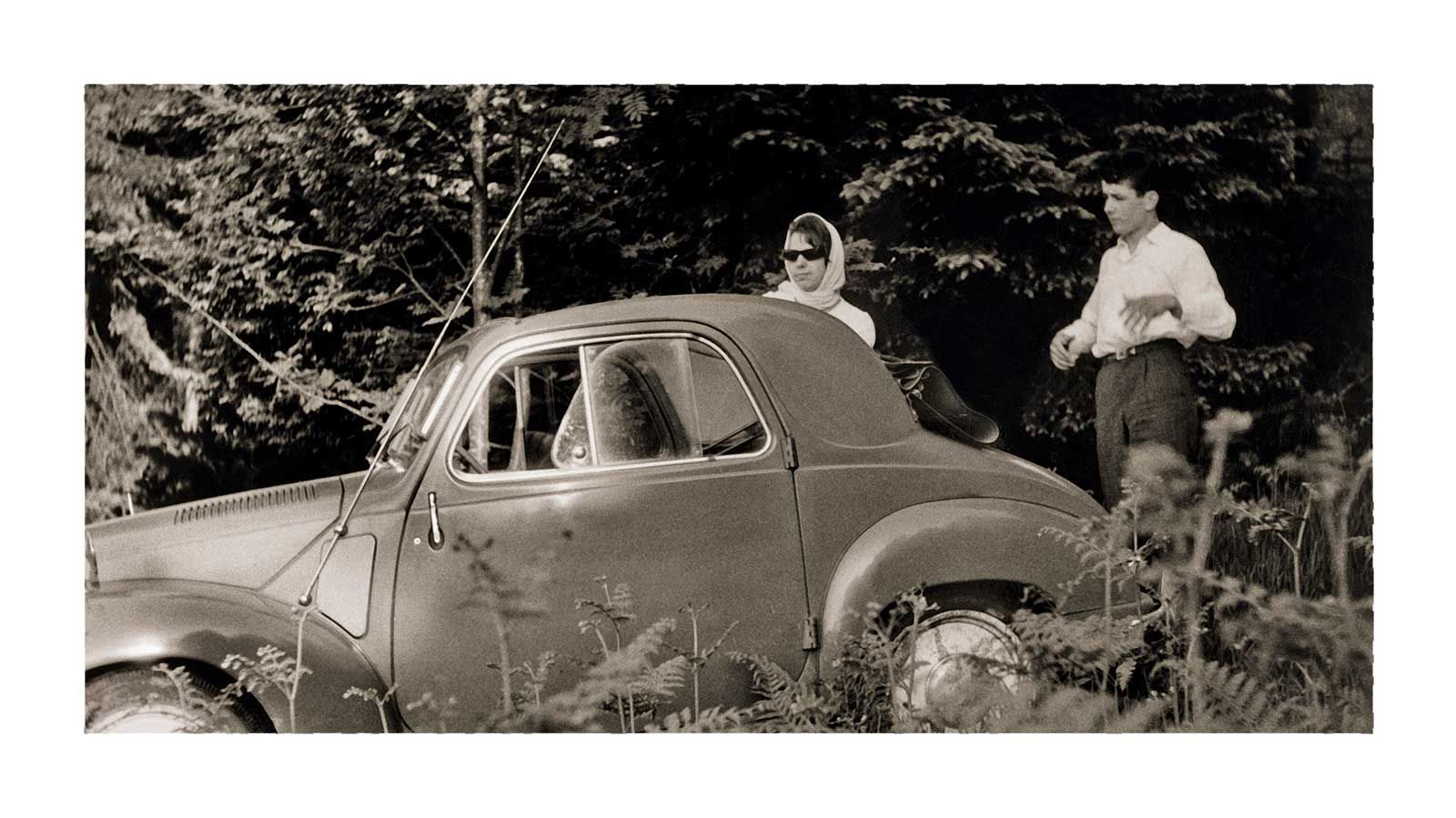
1968
With more work than they can manage, the purchase of another trailer is on the cards. Bruno Planzer calls Karl Euler, from whom he had recently bought a used model. The conversation goes like this: ‘Hello Herr Euler, it’s me, Bruno Planzer.’ ‘Grüezi Herr Planzer.’ ‘I wanted to ask if you could possibly sell us another trailer.’ ‘Herr Planzer, you can have whatever you like. I’ll sell you anything.’ ‘Are you pulling my arm?’ ‘No, Herr Planzer, I mean it.’ After careful consideration, Planzer buys Karl Euler’s company including staff and thus doubles the company’s operating volume. That same year, Bruno Planzer and Monika Brandau say tie the knot.

1969
On 27 February 1969, daughter Pascale is born. Bruno and Monika Planzer and their neighbours take turns looking after the kids – a very progressive development at the time.
1970s to 1980s
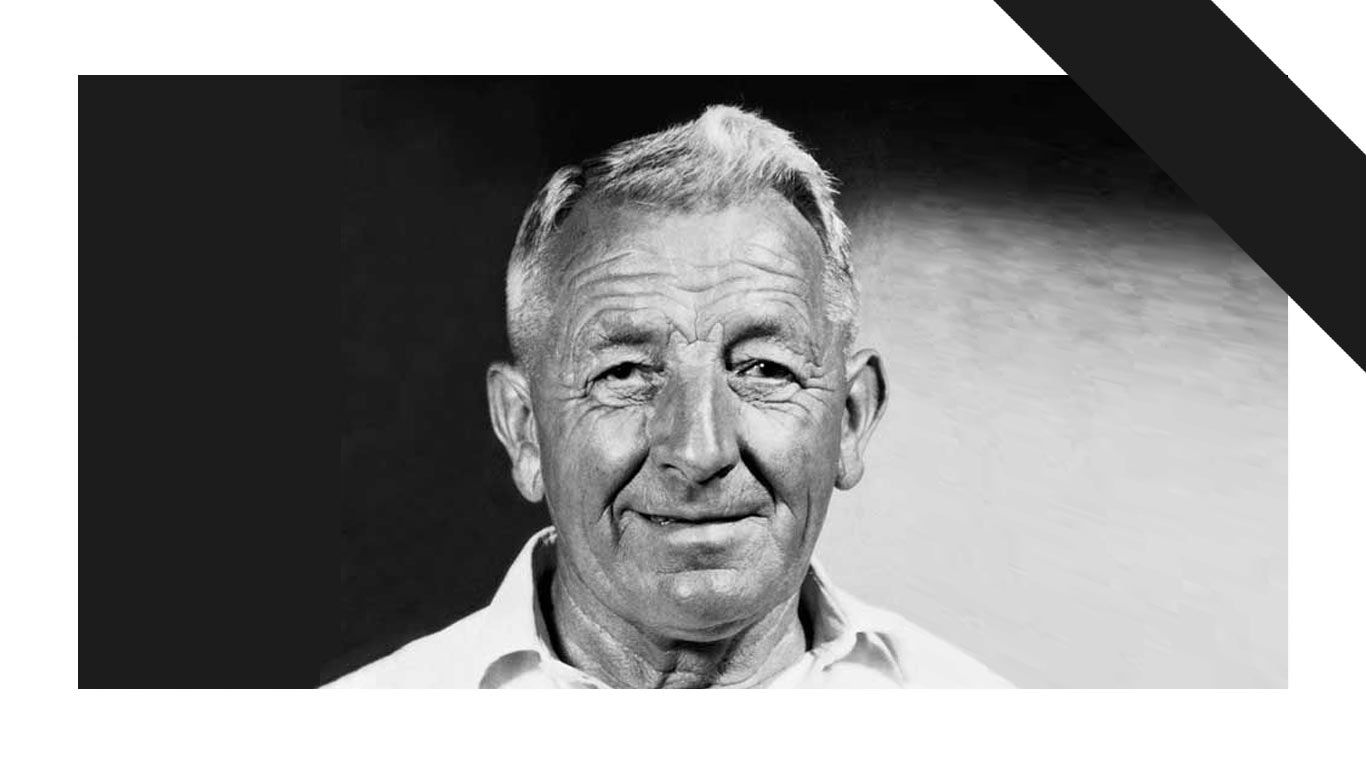
1970
Founder Max Planzer Sr dies in an accident with a trailer drawbar at the age of 73. His death has a symbolic character: he worked without respite, and it would eventually be the end of him. Yet he never lost his sense of patience and the value of setting goals. Widow Mathilde Planzer-Rehm takes over his place as the president of the board of directors. The same year, Bruno and Max Jr sign a contract with the municipality of Dietikon to exchange the house, farm and core zone land on Neumattstrasse for a 7,700 m² industrial land parcel on Lerzenstrasse (with a 1:6 exchange ratio). This contract lays the foundation for the first new building.
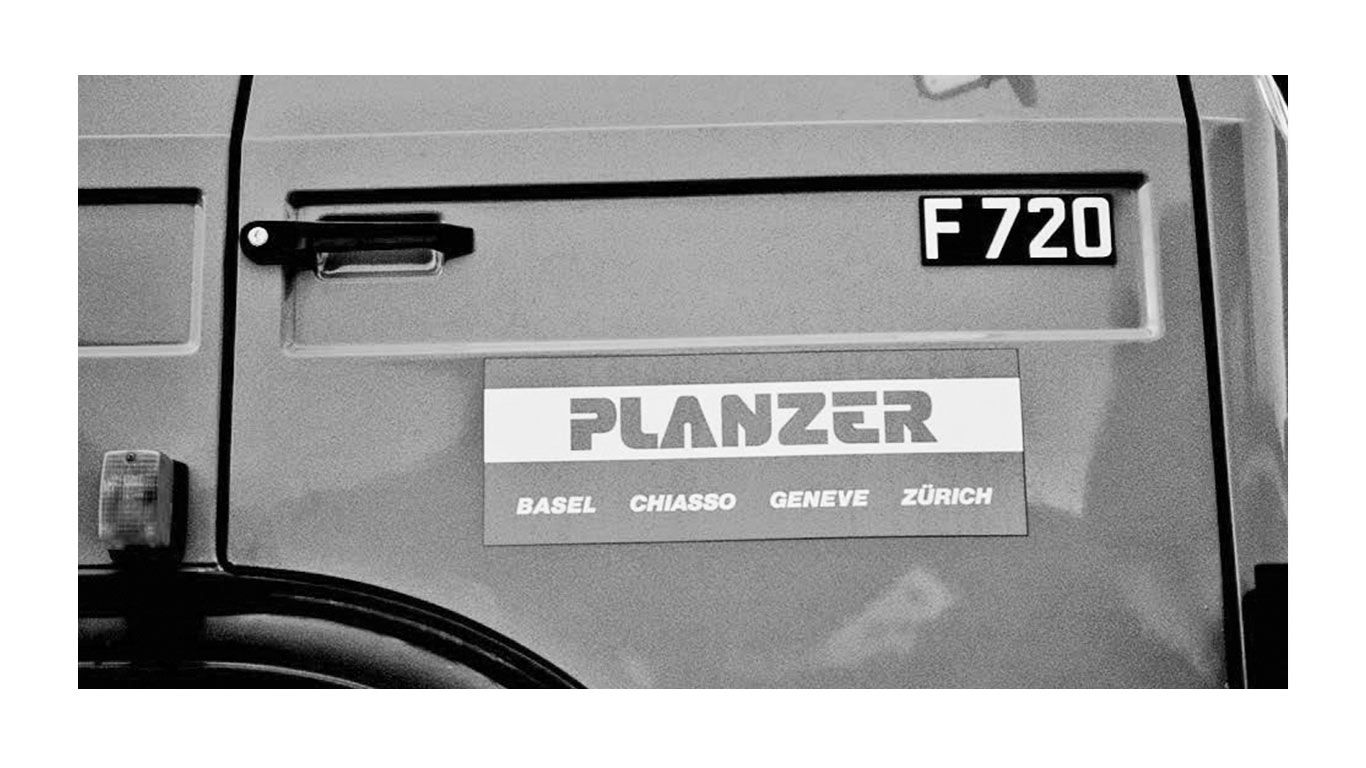
1971
The economy is booming, Switzerland is fully employed and building motorways. It is planning a transport network with main axes from north to south and west to east. The transport routes are becoming increasingly faster, safer and more efficient. The demand for more consumer goods for work and leisure is on the rise in Swiss society. The two ‘kids’, Max and Bruno, recognise the potential of this megatrend and want the company to get in on the action. To achieve this, they want to position Planzer Transport AG at the pivot points of the future motorway junctions – specifically in Basel, Chiasso and Geneva (Dietikon would have to suffice as the hub for eastern Switzerland for the time being). The same year, Monika and Bruno’s second child Nils Planzer is born.
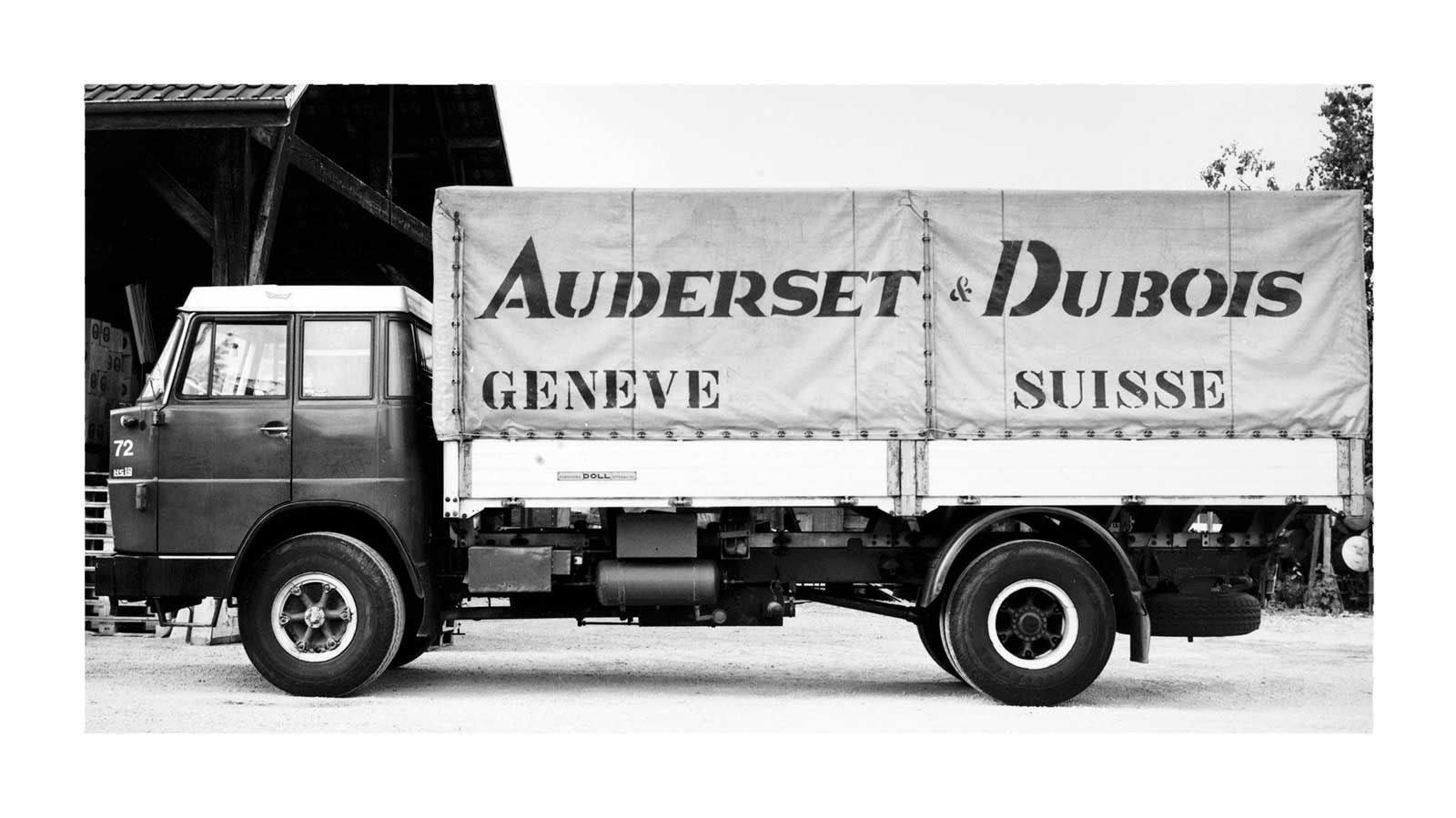
1972
After protracted haggling, deliberations and tactics, Max and Bruno conclude an acquisition agreement to the tune of over half a million francs with Auderset Dubois, owner of a transport company of the same name. With the move, Planzer gains a foothold at one of the most important transport hubs in western Switzerland as of 1 January, and Max takes the reins at the new location.
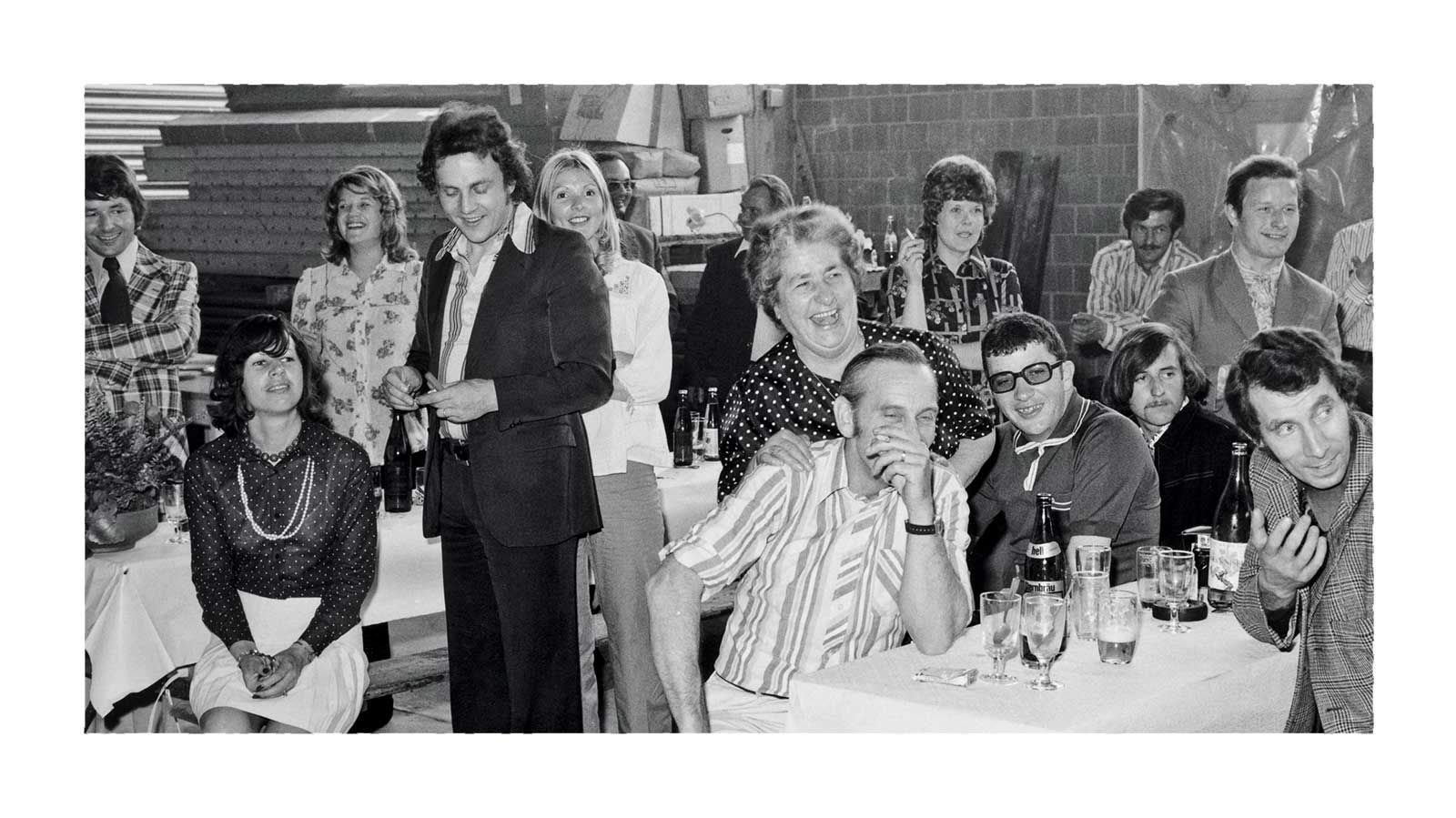
1973
Bruno and Max Planzer open the new headquarters of Planzer Transport AG at Lerzenstrasse 14, with 600 m² of storage space in the basement, 900 m² each on two warehouse floors, 600 m² of handling space on the ground floor, a workshop, a filling station, various offices, two apartments and a studio. And a direct motorway connection just around the corner. At the time, Planzer Transport AG has over 45 state-of-the-art truck rigs and 25 charter vehicles. Customers include well-known companies ranging from the food industry to heavy industry. The company transports some 180,000 tonnes of cargo annually.

1974
While Max is busy in western Switzerland, Bruno Planzer turns his attention to Ticino in order to serve the north-south axis and expand their Italy traffic. He gets the shipping company Saima from Chiasso on board as his first major customer. From then on, Planzer can load an articulated lorry bound for German-speaking Switzerland day in and day out.
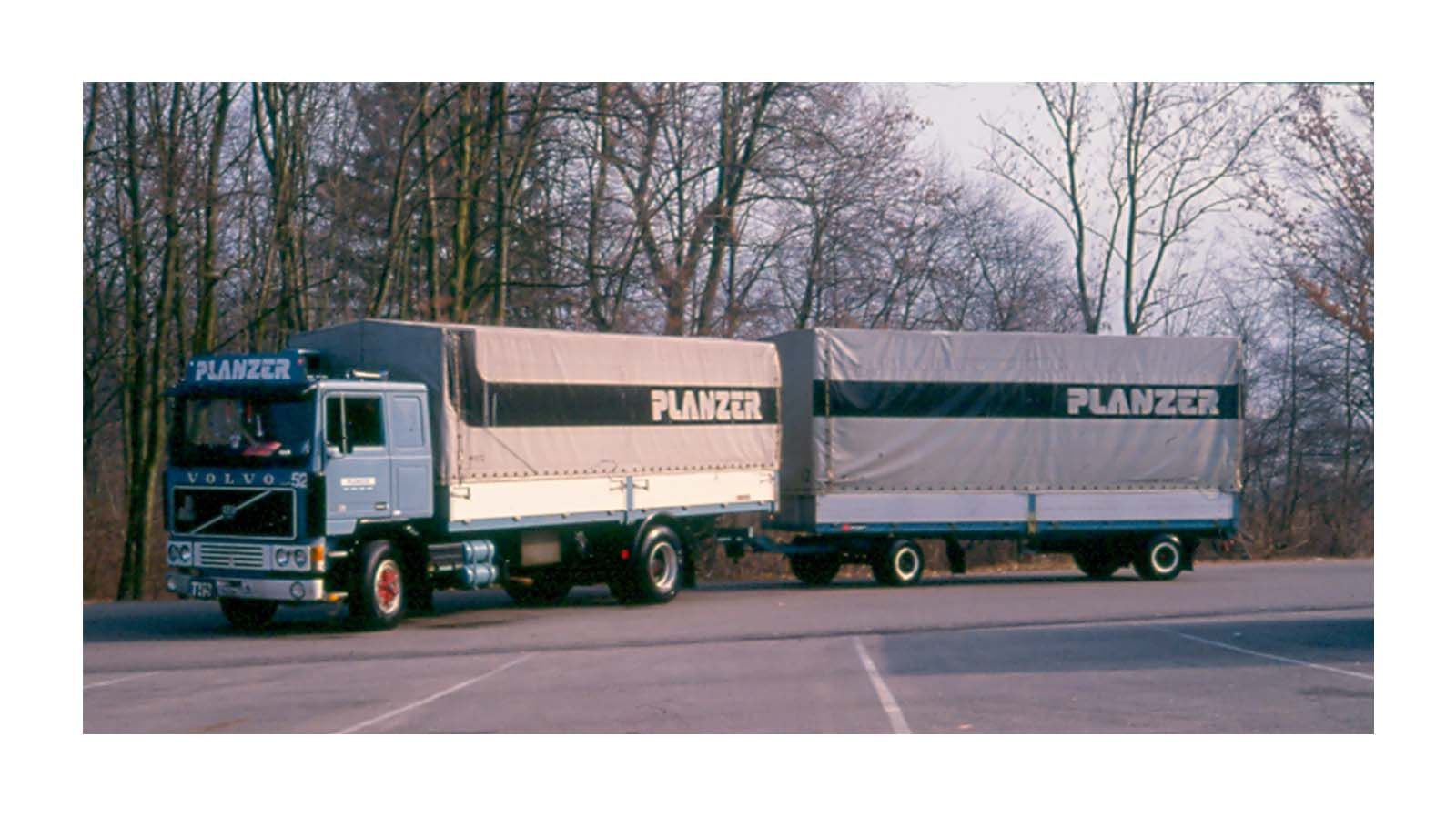
1975
The Planzer brothers hatch the idea for a further development of the company logo. A competition held among students in the seventh semester at Zurich Art School yields 25 proposals. But Planzer opts for the proposal by Charly Oberholzer – a signwriter from Dietikon – who develops a Planzer font in the black bar on a grey tarpaulin.
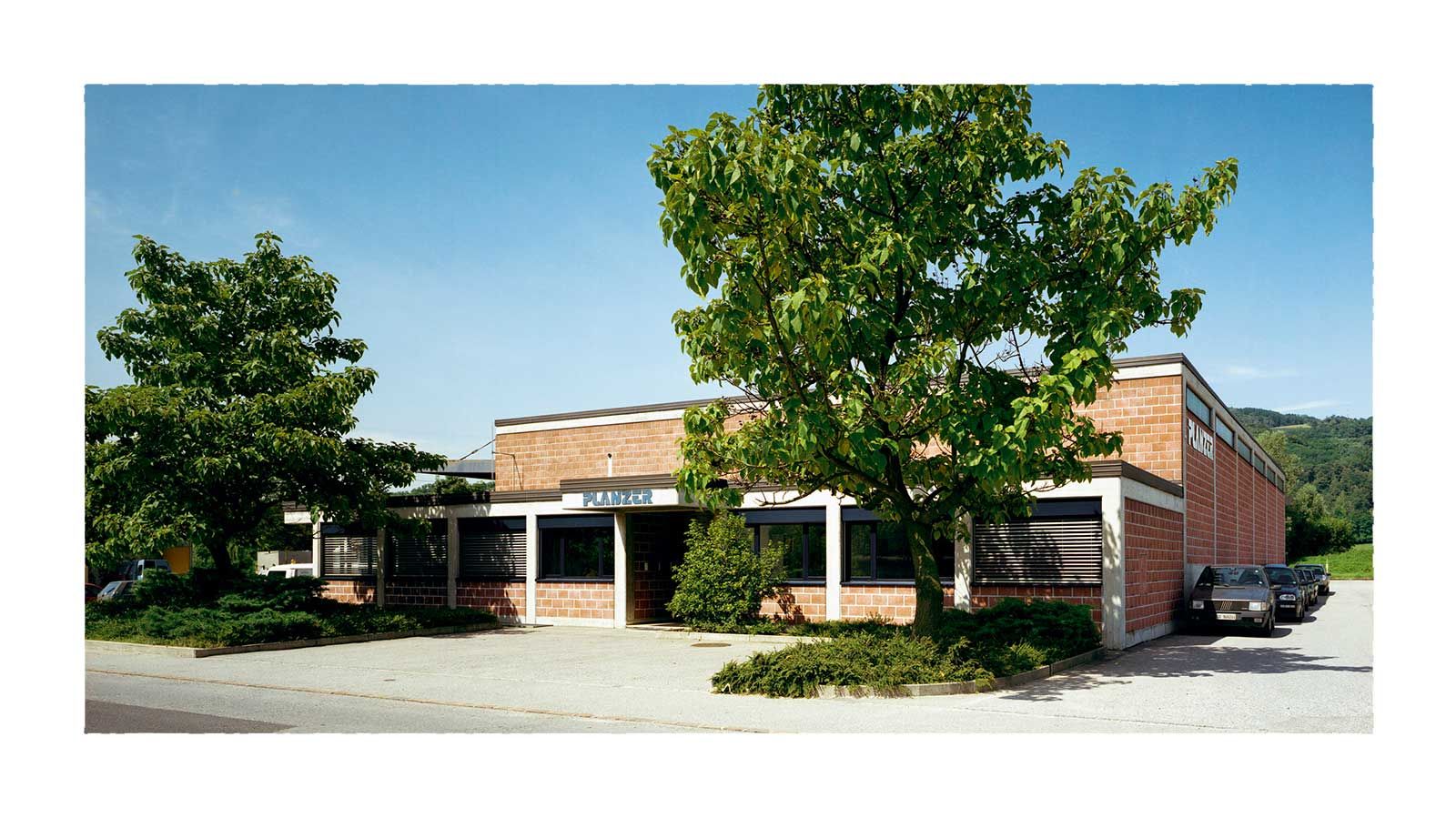
1976
Planzer Transport AG is commissioned by customer Air France, which Max acquires, to carry out air freight replacement service from Paris to Zurich. Business in western Switzerland is now in full swing. The same year, Planzer founds Planzer Trasporti SA in Chiasso with two employees. Chiasso becomes a firmly rooted anchor in the south of the Switzerland-wide logistics network.
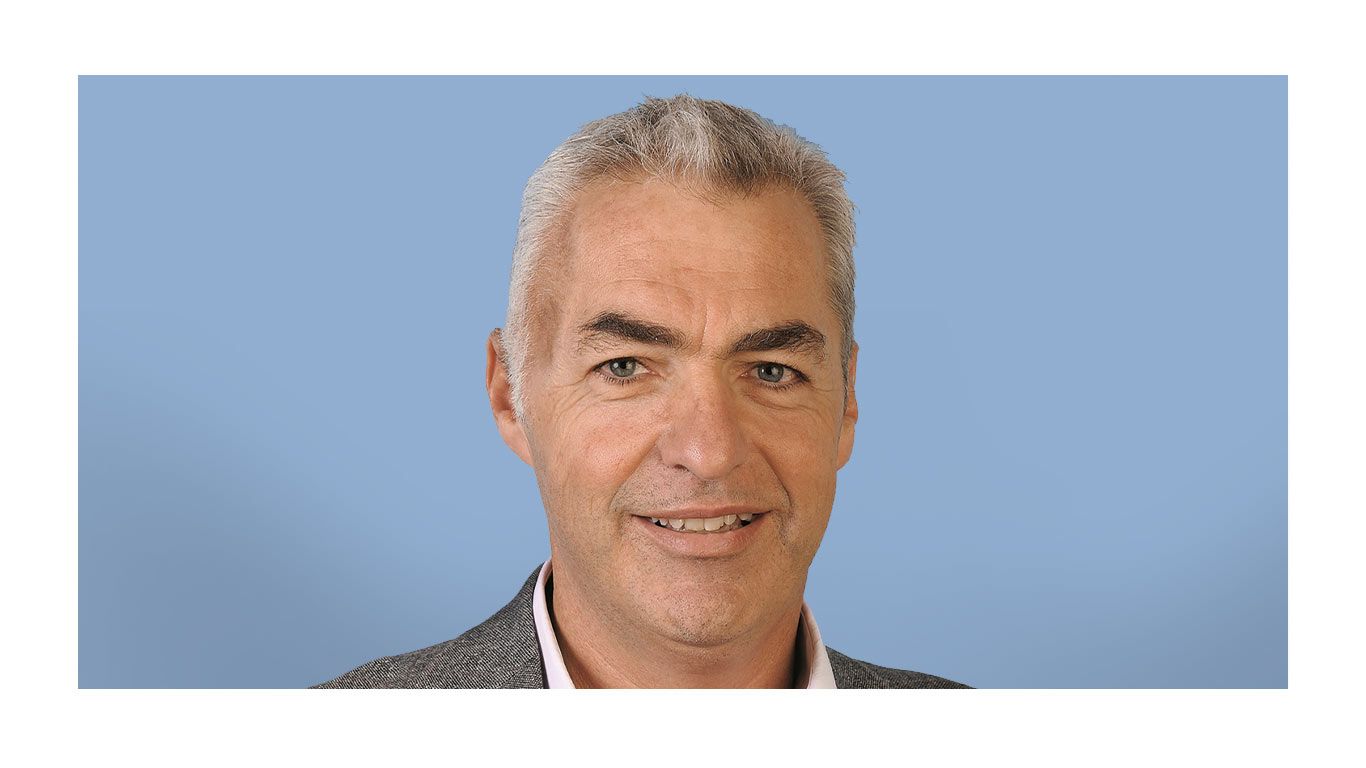
1977
Ruedi Baer, the first grandson of the Planzer family and first representative of the third generation, starts as an 18-year-old driver in the family company on 1 January 1977. Max Planzer Sr is mighty proud of his grandson. Even as a child, Ruedi is fascinated by the big trucks. After his schooling, he spends a year in Neuchâtel to learn French. Later, he graduates from the business school in Zurich.
Meanwhile Ruedi is back working in Dietikon. In early 1980, Bruno asks his nephew to help out in Geneva as they are down a staff member. His girlfriend Diana accompanies him to western Switzerland, where they spend a year-and-a-half. In 1982, Ruedi spends six months in Florence to learn Italian. Diana joins him once again. They leave a duo and return a trio. The wedding takes place in 1984. Severin is born in 1985, and two years later is followed by his brother Nicolas.
In 1990, Ruedi becomes a member of the board of directors, a shareholder and the only active partner of Bruno Planzer. The two of them decide things together, rationally, honestly and purposefully. In addition to his responsibilities as head honcho, Ruedi coaches the staff in French-speaking Switzerland and is responsible for two important subsidiaries. He is also in charge of national transport in Dietikon, Härkingen and Villmergen and is building the national combined road/rail transport apparatus. The same year, he takes over the dispatch training from Bruno and passes on his valuable experience in the field.
In spite of his meteoric rise up the ranks, Ruedi remains the picture of modesty and takes time for family and hobbies. In 2006, he passes his offshore sailing certification. With gentle perseverance and enthusiasm for his vocation, he guides his projects to success. Sadly, Ruedi passes away much too early from cancer at the age of 51 on 26 June 2010. For the family business, he hopes that his sons Severin and Nicolas Baer will work for the family company. His wish is fulfilled: Severin joins the company in 2005 and Nicolas follows in 2010.
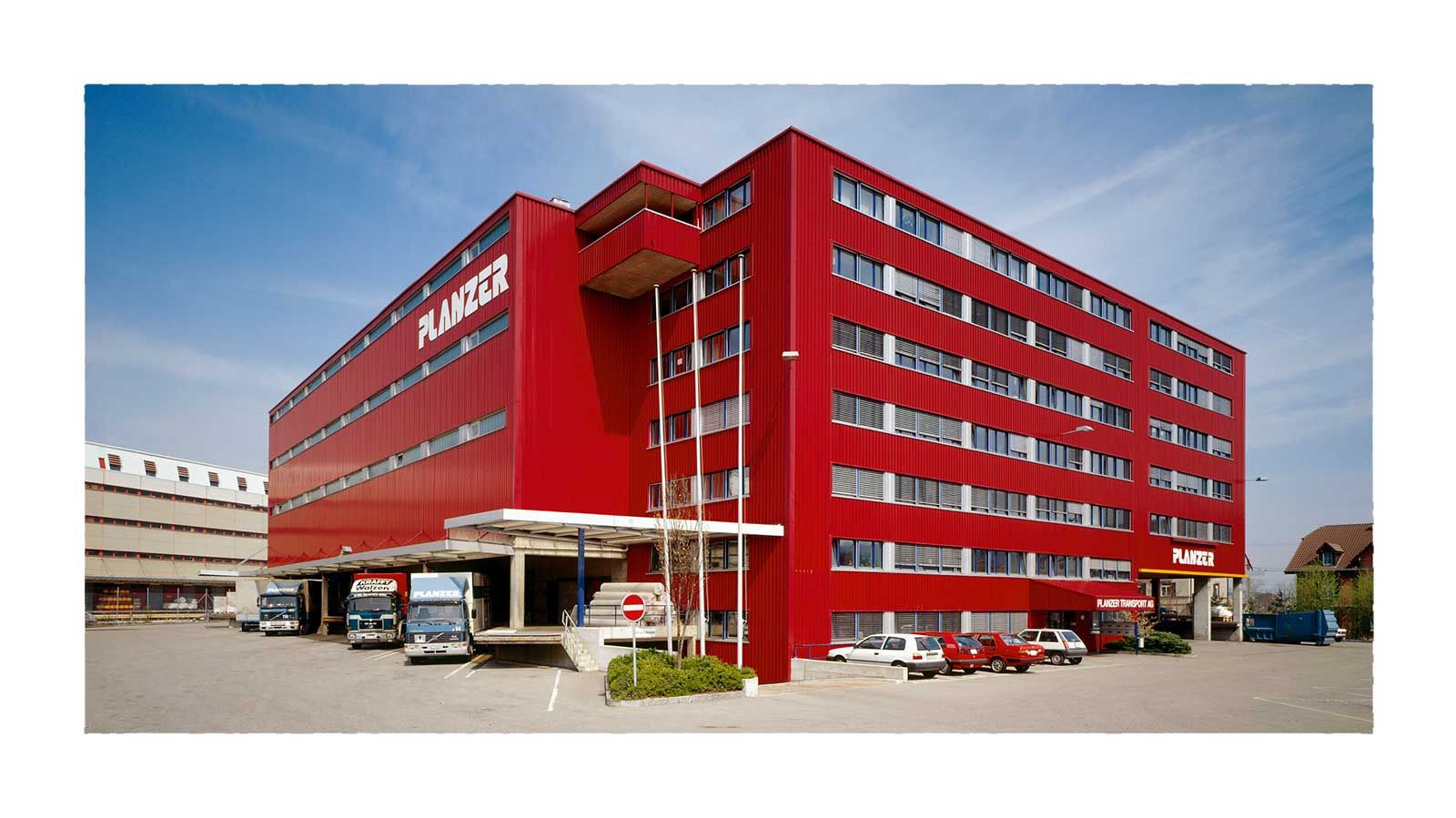
1979
Planzer opens the Basel branch in Münchenstein with four staff on 1 December 1979. This completes the east-west-north-south connection and the Switzerland-wide network. Planzer can pick up goods from anywhere in Switzerland and deliver one day later (excepting remote regions). At the same time, these ‘outstations’ are the gateways to the neighbouring countries of France, Italy and Germany. Three months after opening, the warehouse in Basel is already bursting at the seams. Venerable names are soon among the regular customers.
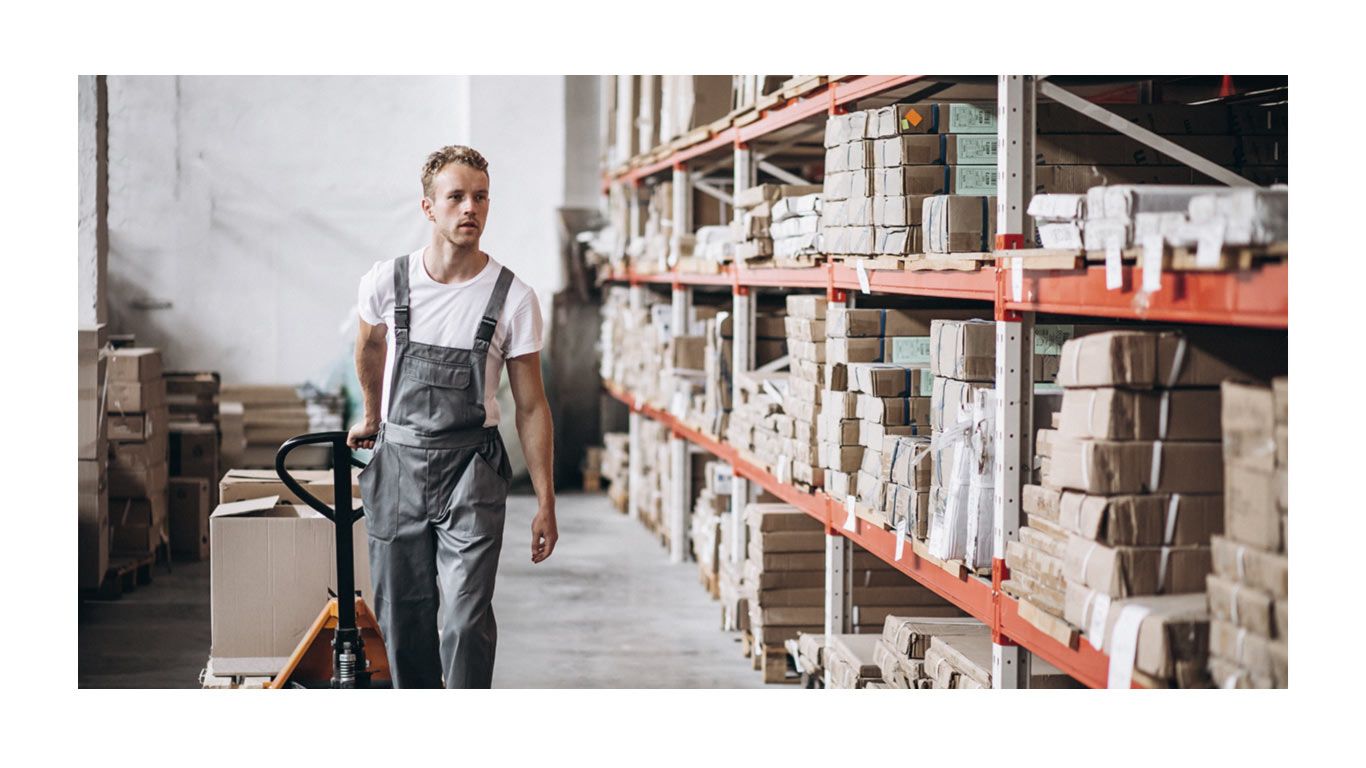
1984
The Ciba-Geigy subsidiary Airwick (personal care and garden products) in Basel decides to outsource its warehouses and all goods movements in order to focus on its core business of purchasing, sales and administration. Airwick entrusts Planzer with its warehouse management and administration as well as the provision of special offers. This is the birth of Planzer’s warehouse logistics services.
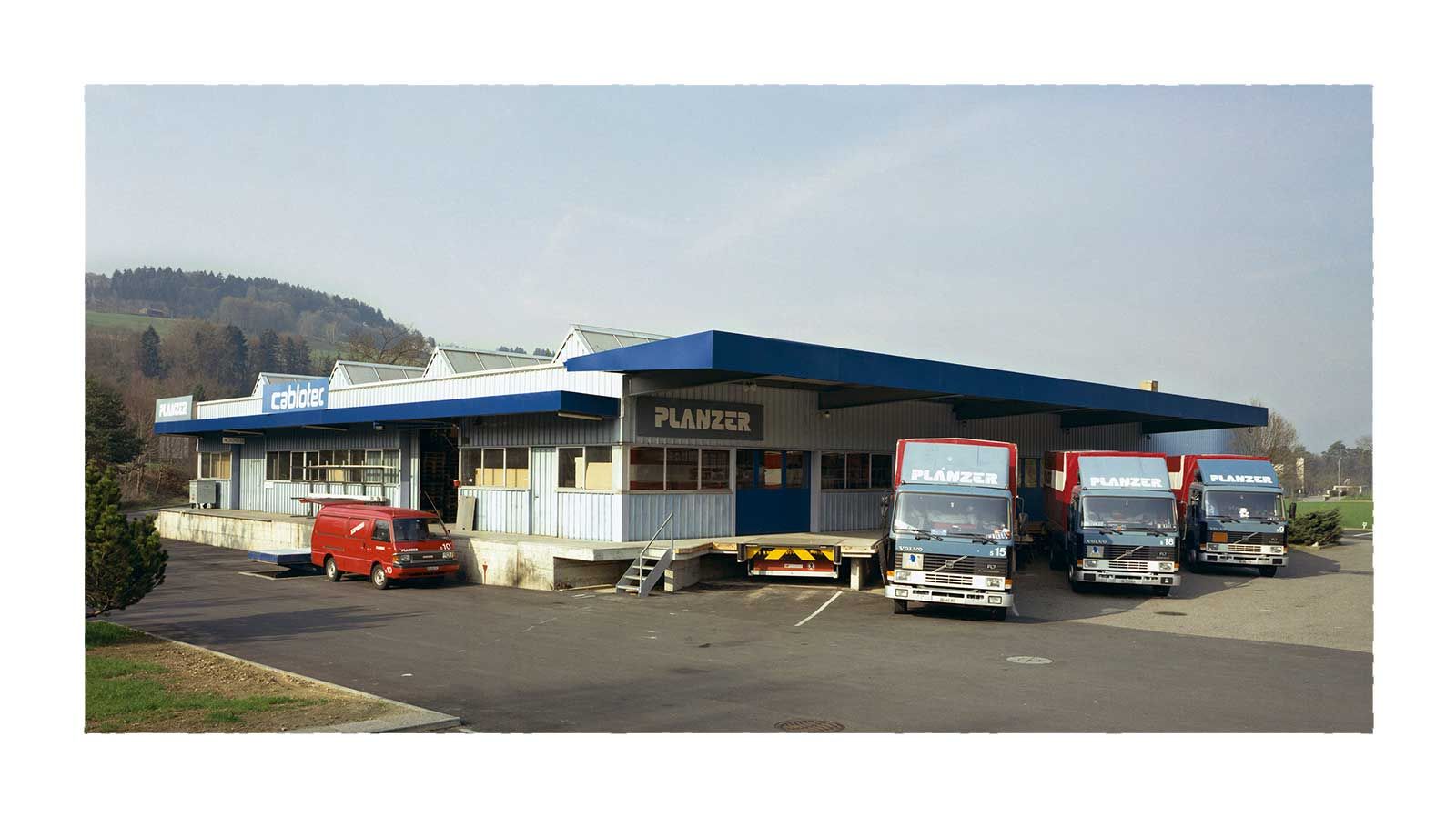
1985
The Swiss government introduces the flat-rate Heavy Vehicle Charge and the motorway tax sticker. Due to the higher costs and retaliatory measures by European countries, some domestic transport companies go out of business. This frees up an enormous volume of orders. With its own network of branches, a wide range of services, a healthy financial foundation and strong roots in the region, Planzer Transport AG is well positioned to take advantage. That same year, Planzer expands its branch network and opens another location in Thörishaus near Bern.
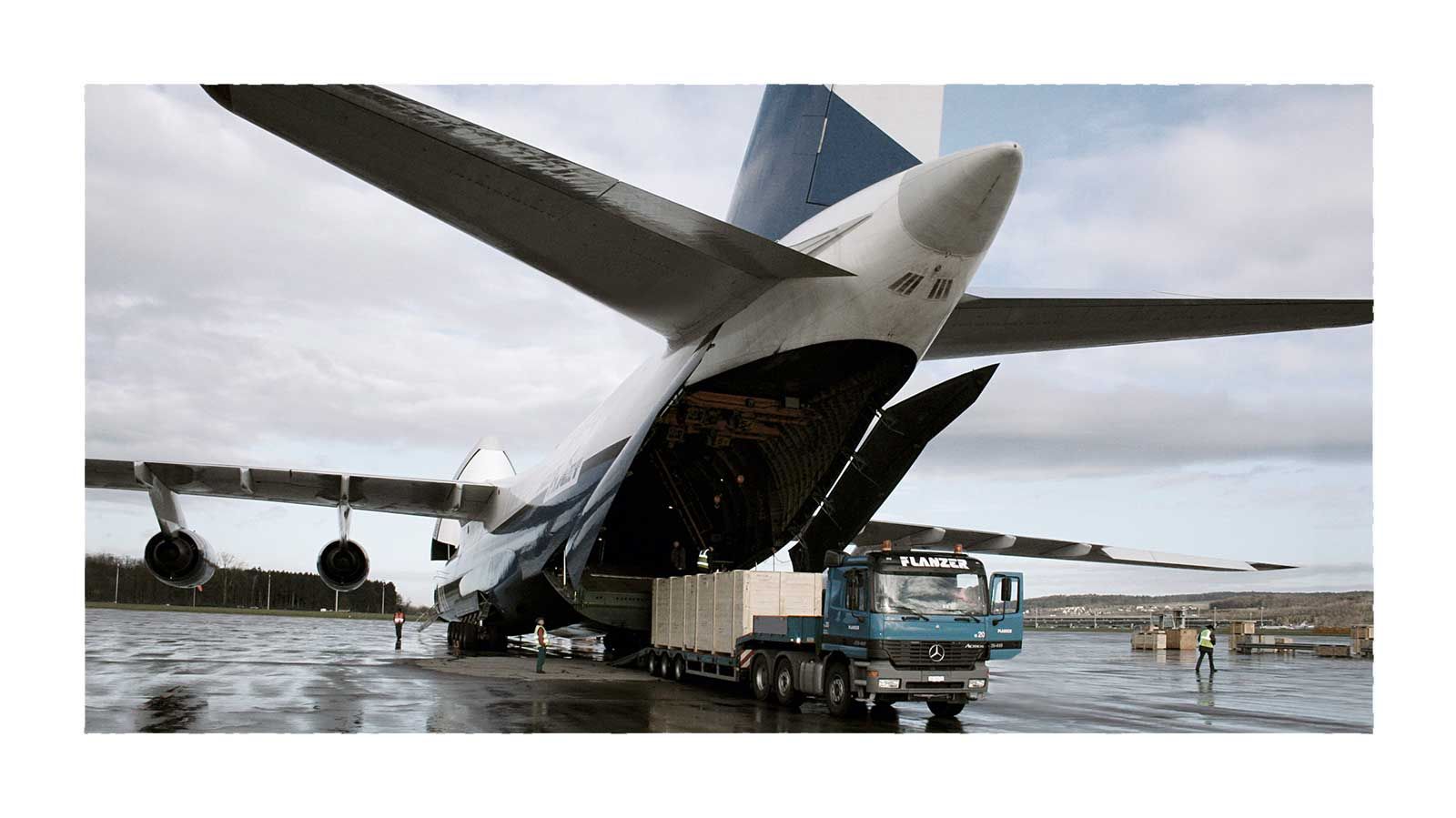
1986
Planzer wants to set up a Planzer branch at Kloten Airport. For two good reasons: first, many carriers drive their delivery trucks around Switzerland without a route plan. This is environmentally nonsensical and offers the potential for consolidation. Second, air freight is booming and offers enormous development potential for the air freight replacement business. The branch in Kloten takes off. Bruno even manages to institute a uniform fee system for the airport transport market.
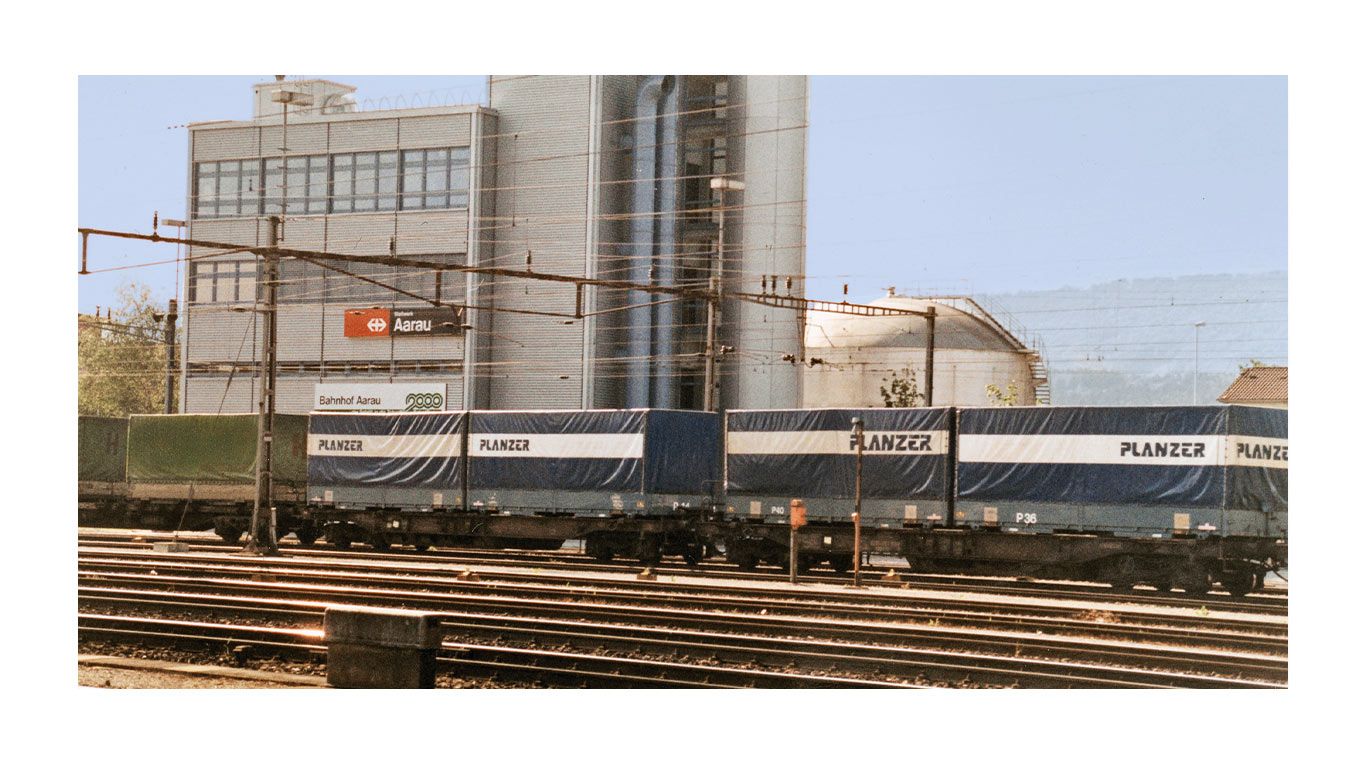
1988
Max Planzer Jr steps down from the company’s everyday operations at his own request. The decision is based on his desire to devote himself more intensively to his hobby, gas and hot air ballooning.
The same year, Bruno launches Planzer Trasporti in Como, Italy and enters the Italian transport market.
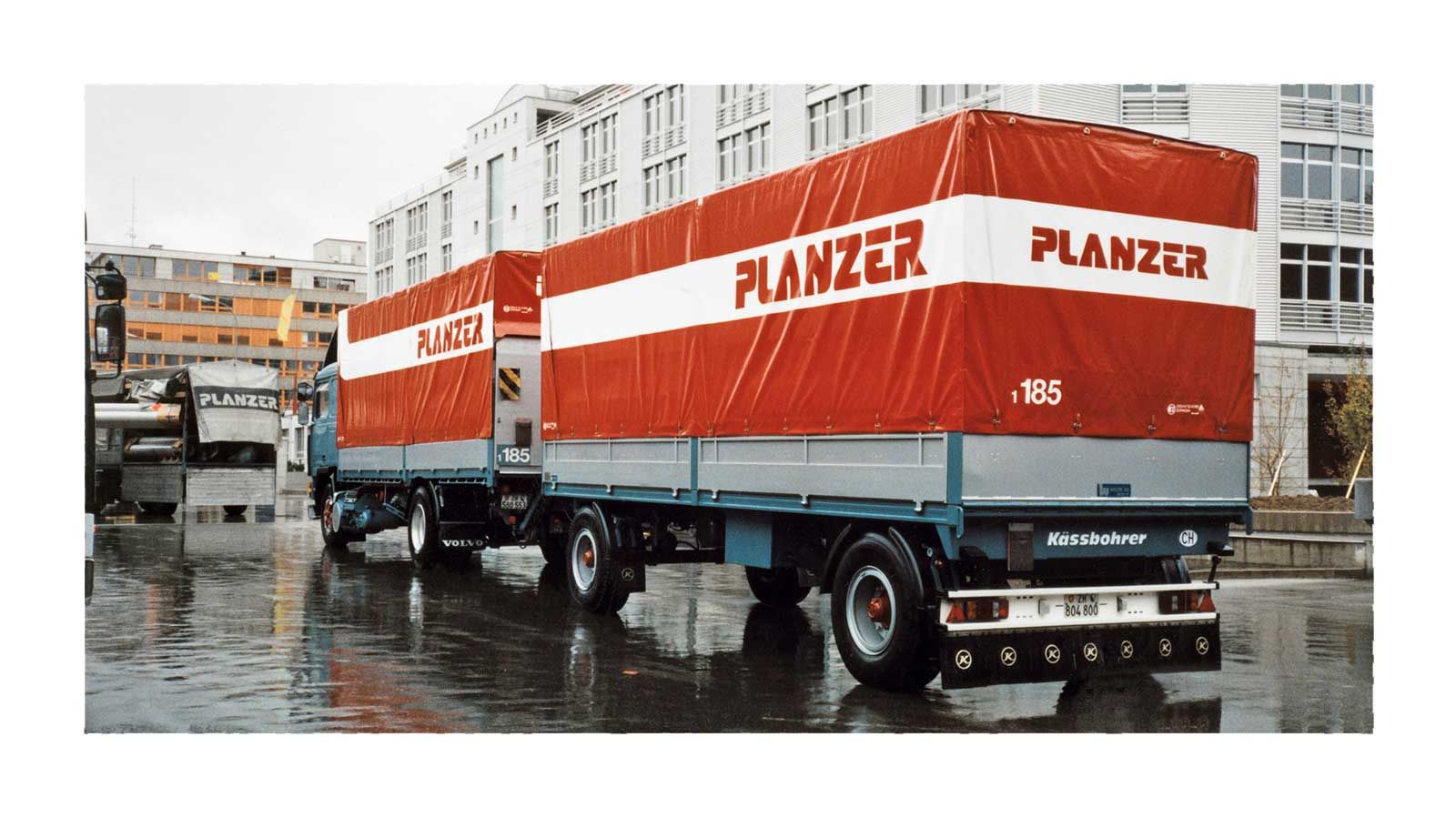
1989
The grey tarpaulins are looking worn and dingy. Ruedi Baer and Markus Widmer, Head of Technology, suggest a new tarpaulin colour to Bruno: vibrant red. After a brief deliberation, the first new tarpaulins are installed that same year.
1990s to 2000s
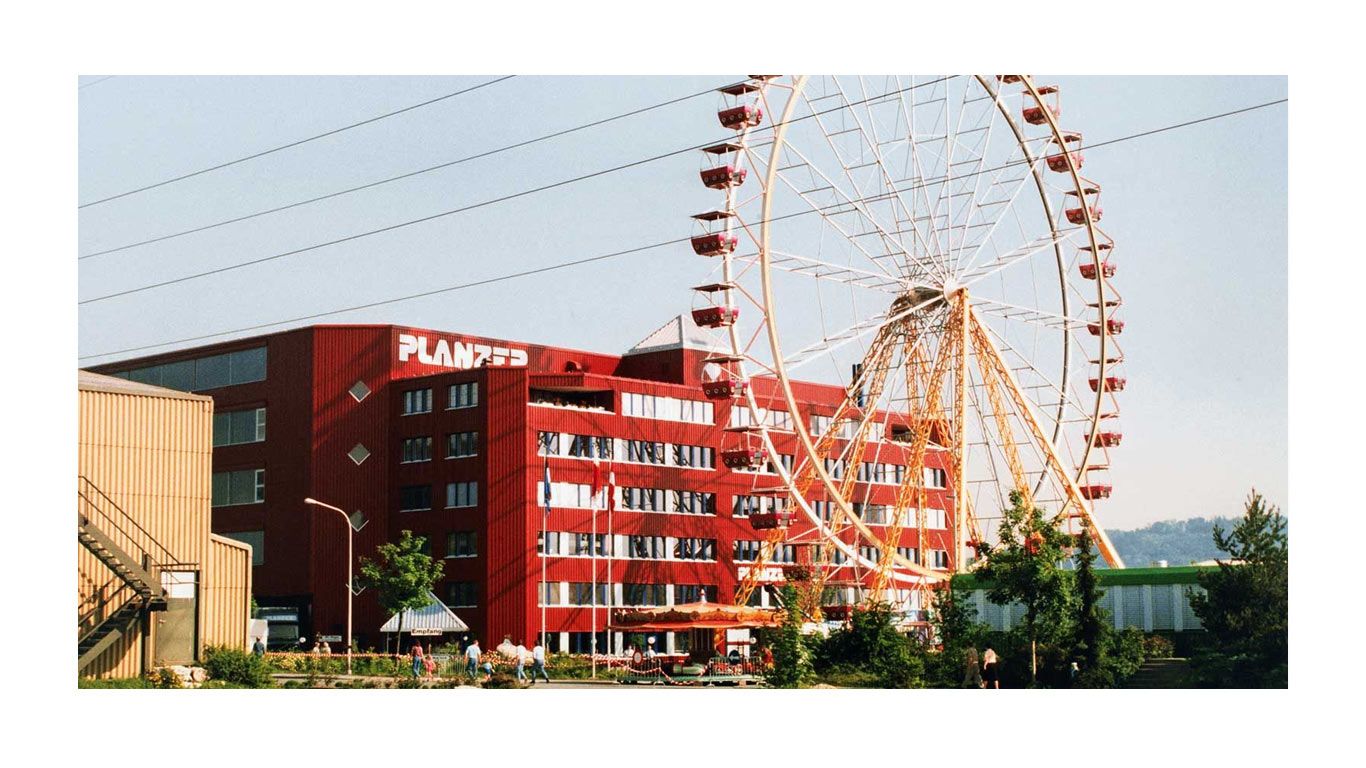
1992
Europe and Switzerland are getting ready for the single market: a new, unified, pan-European economic area is to be created as of 1 January 1993. Logistics services are expected to become increasingly important and material transports are set to rise. Bruno Planzer decides to build his own logistics centre at an optimal location for transport purposes. On 15 May 1992, the logistics centre in Villmergen is opened with a party and open house. With a fully automated high-bay warehouse with 18,00 pallet spaces, 12,000 m² of storage space and 2,200 m² of office space, it is the second logistics centre in Switzerland.
The same year, Switzerland and the European Union (EU) sign a transit agreement in which Switzerland commits to build the New Rail Link through the Alps (NRLA). In return, the EU continues to accept the 28-tonne limit on Swiss roads for the time being.
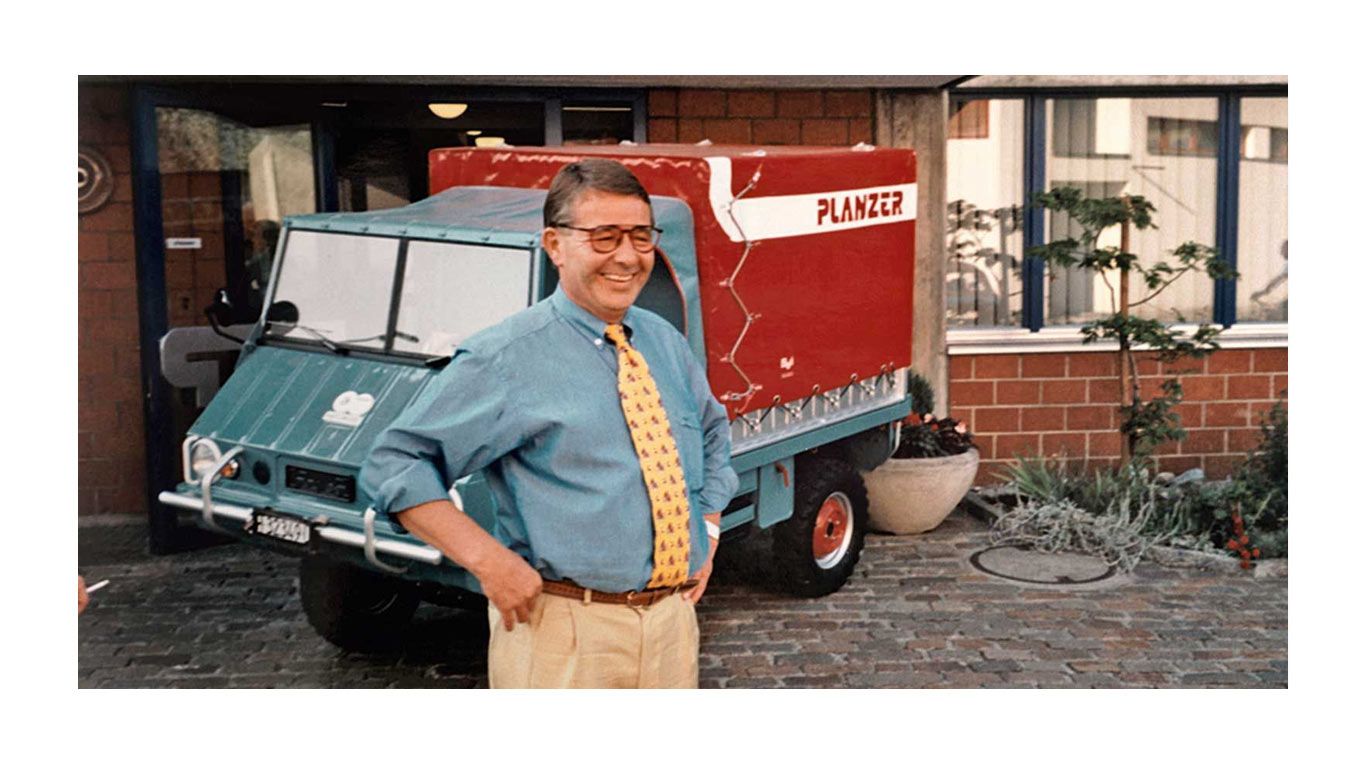
1993
Bruno Planzer celebrates his 50th birthday. It goes without saying that he is not one of the people who takes a leisurely approach to his second half-century. That same year, he takes over the renowned transport company Kuoni in Chur, gets a foothold in the postal parcel business by founding Qualipac with two partners and opens the first headquarters in Altishofen. Four years later, Qualipac is sold to Deutsche Post and the Altishofen locations becomes Quali-Night AG (see 1994).
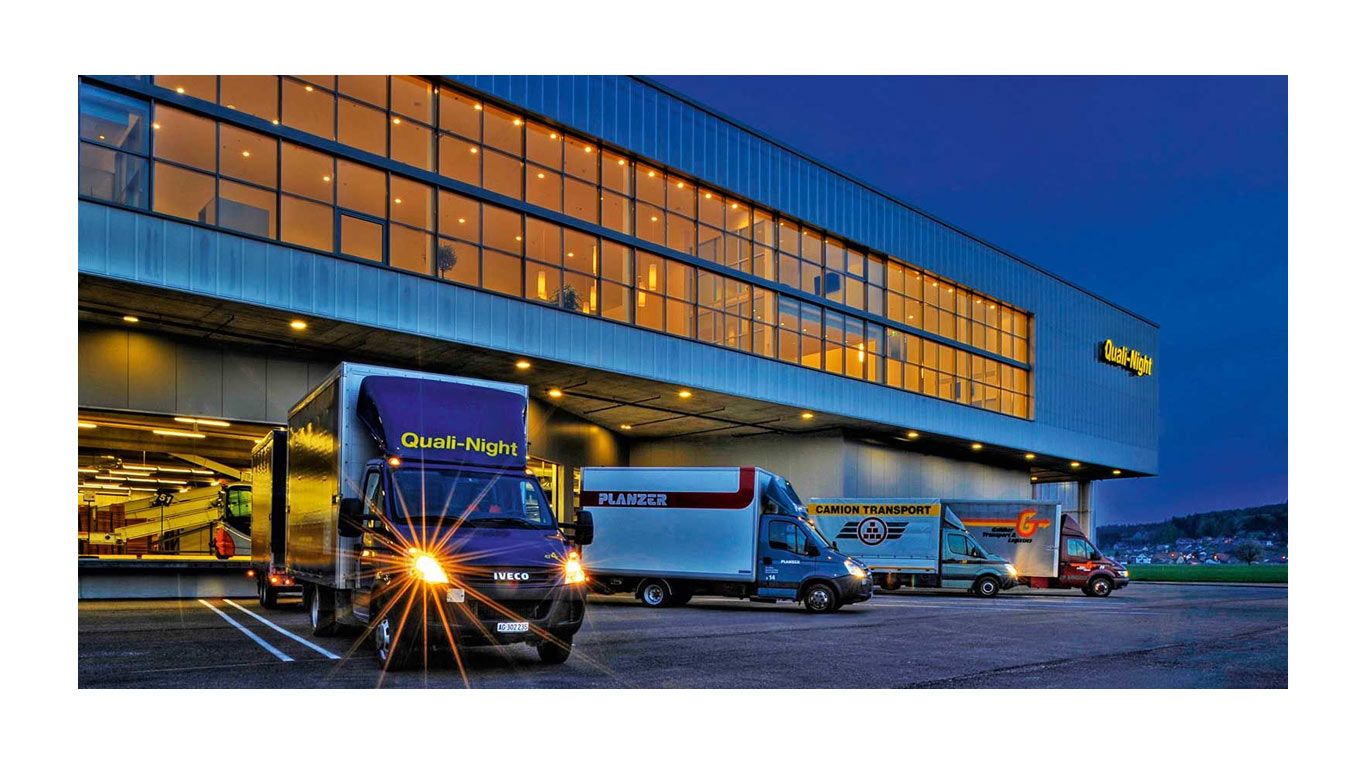
1994
Planzer sets up the overnight parcel service Quali-Night AG with partners. Parcels are sorted by region in the evening, labelled, registered, readied for shipment, loaded and delivered during the night. Quali-Night enables its customers to take advantage of the overnight hours. That same year, the people and cantons approve the popular initiative ‘For the protection of the Alpine region from transit traffic’ with 52% of votes in favour. This further increases the pressure on road transport.
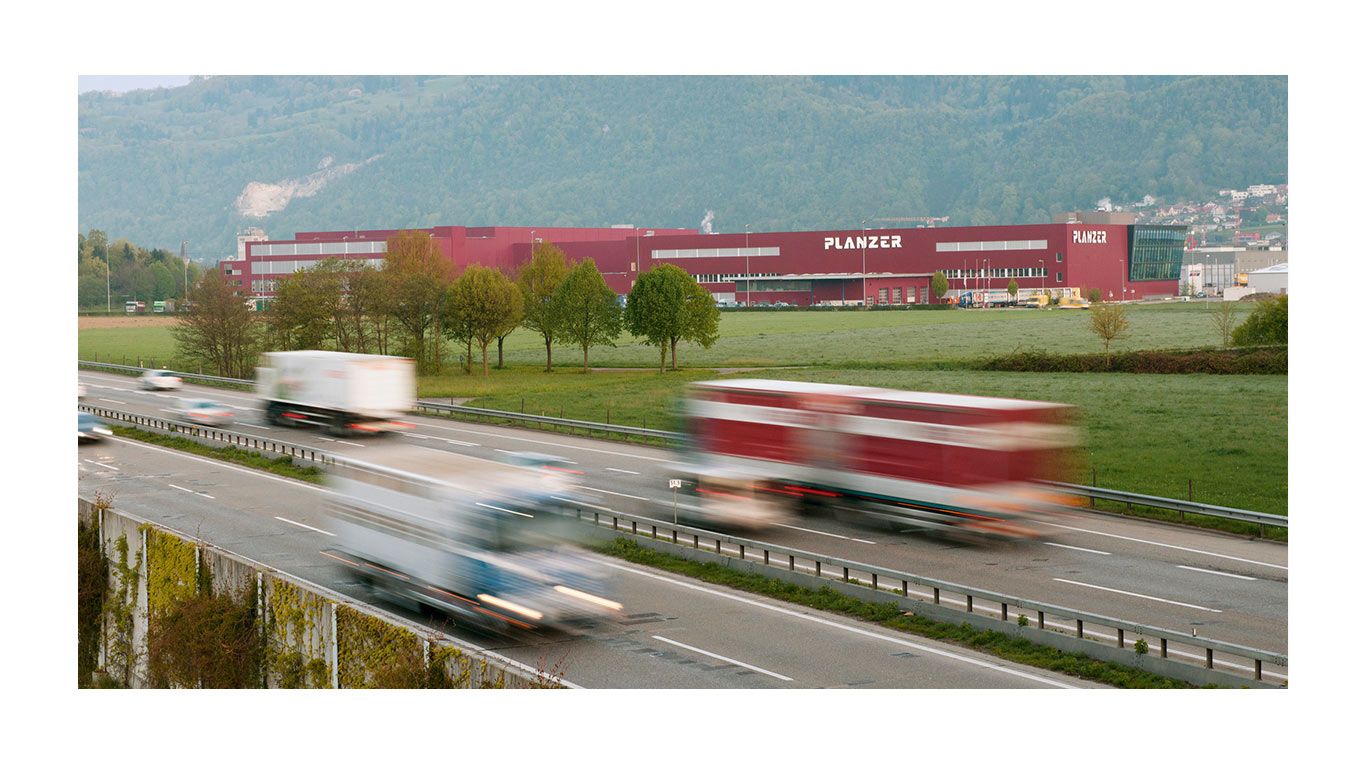
1995
Planzer buys another logistics centre, high-bay warehouse and land reserves in Härkingen, including a warehouse logistics order and 25 employees.
Planzer is also to take over the packaging department including machines with 30 employees for the customer Unilever and to implement an extension in Härkingen with 10,000 m² of storage space and 2,000 m² of office space for this purpose. The location continues to expand.
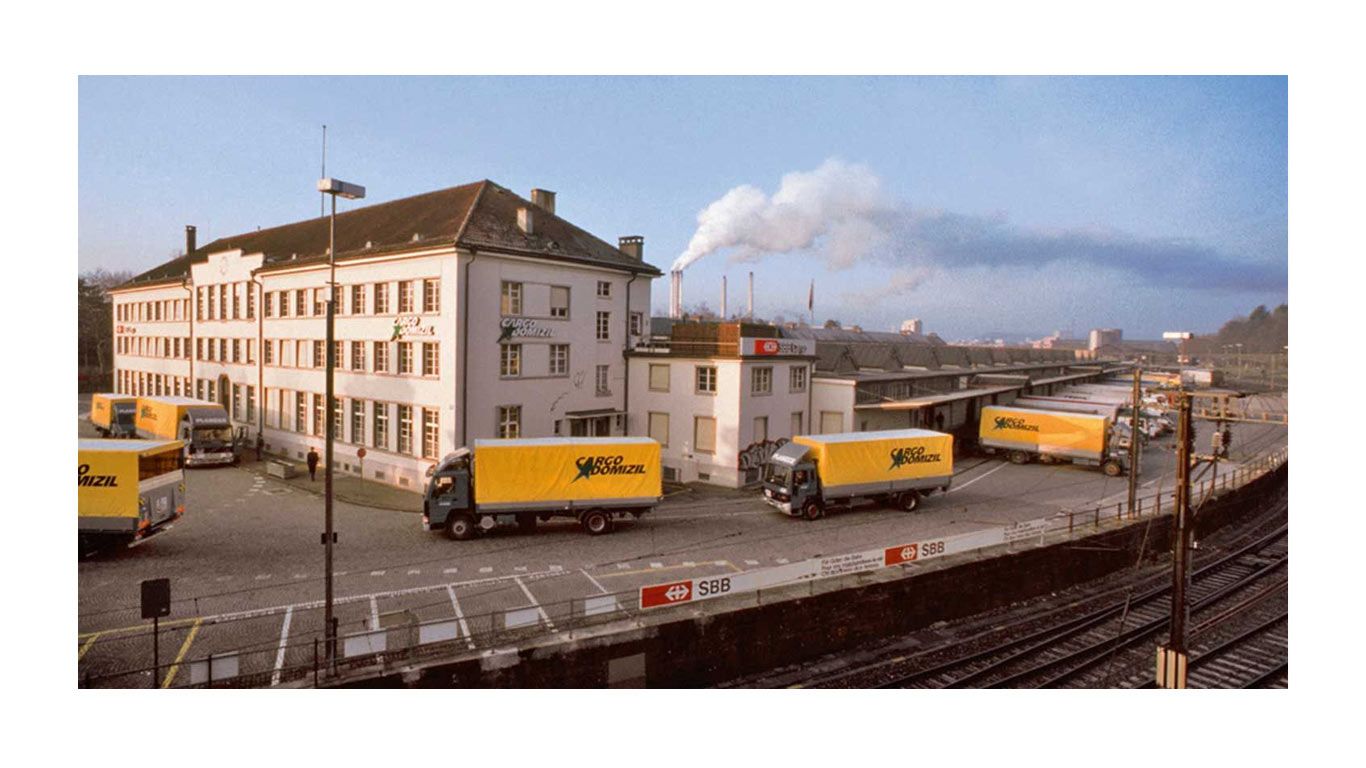
1996
Together with Camion Transport and Galliker, Planzer acquires Cargo Domizil Schweiz AG (CDS) from SBB. Their shared goal: to handle their own transports on the Swiss-wide SBB rail network within an appropriate price structure. The railway has long played a central role in Planzer’s history. Dietikon has had its own railway feeder from the outset. But with the launch of CDS, Planzer taps into a new dimension in rail freight transport as new locations with rail connections have been added. Just 12 short months after the start of the project, CDS was already in the black. A huge achievement considering CDS’s loss-making past and the size of this investment.
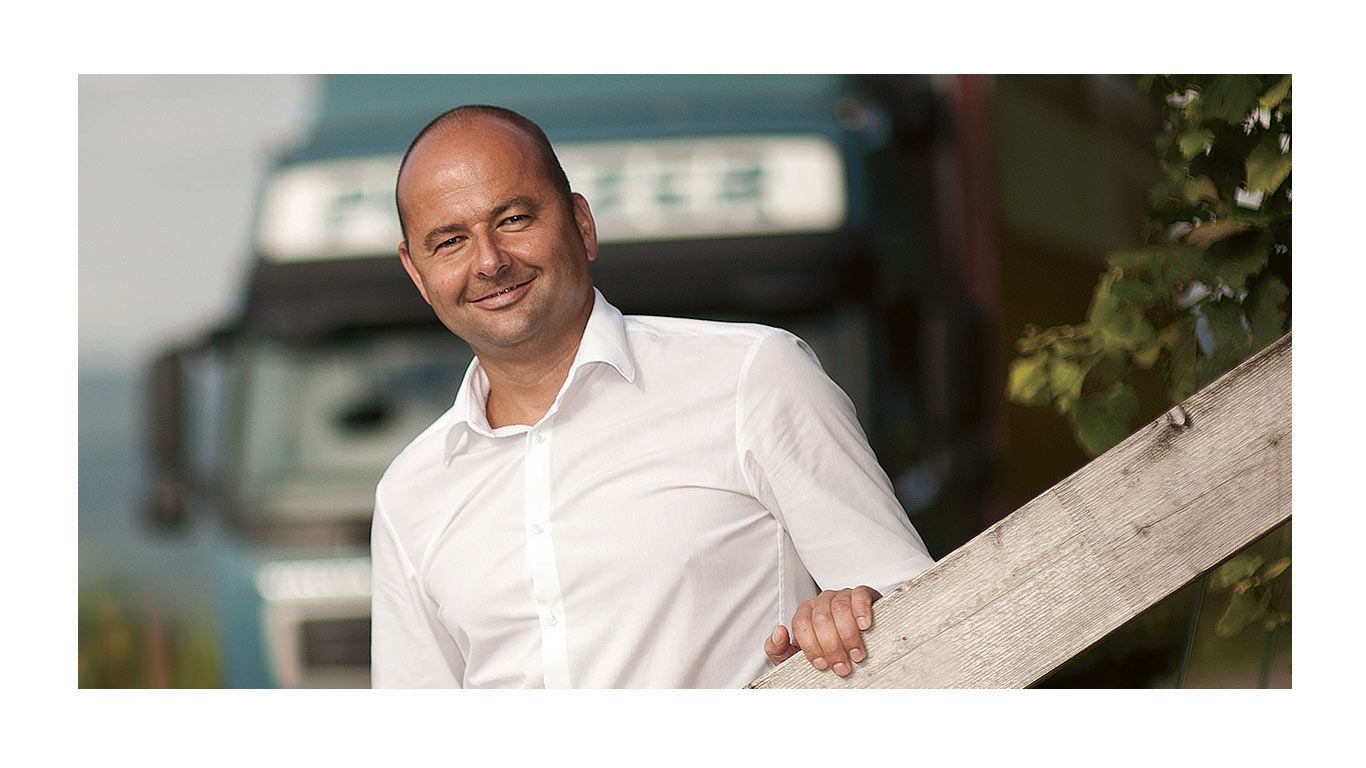
1997
Bruno’s son Nils Planzer joins the family business. The acquisition of CDS is in full swing, and Nils is frequently on the road with his father. He learns two things from him: hard work and courage. In his first week on the job, Bruno sends him to Valais. Nils takes over the coaching of the branch in Sion, today Conthey. Gradually, more branches are added.
Starting in 2000, Nils is primarily based in Schmerikon, where he is charged with integrating a newly added subsidiary. This is Nils’ journeyman’s stint, after which he returns to the head office in Dietikon. Bruno begins the long and intensive preparation of his son for his responsibilities as CEO and gradually steps back from his operational duties. Nils nevertheless develops his own leadership culture, in keeping with a time of rising complexity due to the rapid growth and the new variety of services. Nils sets new priorities, for instance in marketing and communications. He establishes specialist teams for sub-areas, such as for the administration of properties and IT. Nils embodies a new generation of agile, flexible and team-oriented leadership.

1998
The Swiss voting public approves the heavy goods vehicle charge (HGVC) with an emphatic Yes vote of 68.9%. A month later, the financing concept for a comprehensive modernisation of the railway infrastructure with a total outlay of 30 billion francs is approved.

2001
The HGVC goes into effect. The rate is 1.6 centimes per tonne-kilometre. At the same time, the weight limit for trucks is increased from 28 to 43 tonnes. Four years later, it is set at 40 tonnes.
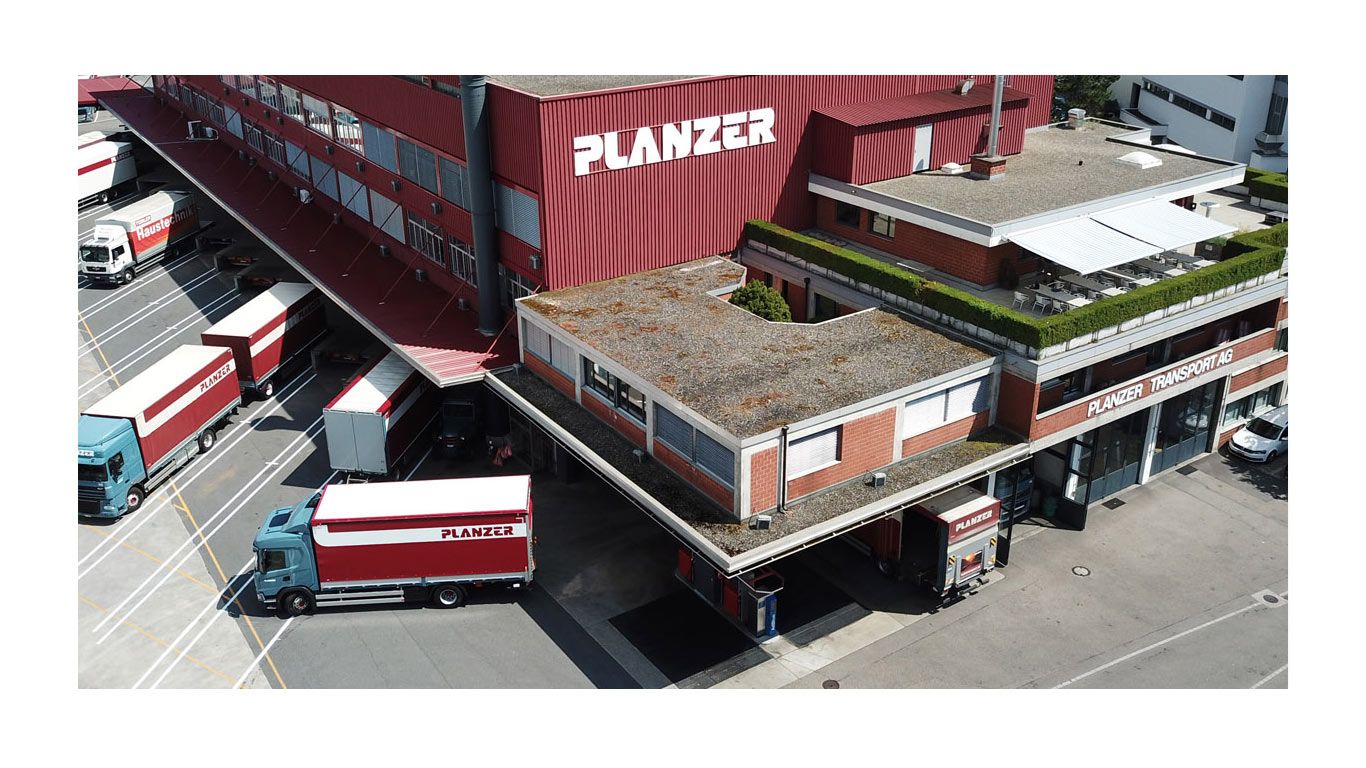
2003
Bruno Planzer celebrates his 60th birthday and passes operational responsibility for the company to his son Nils. As a representative of the third Planzer generation, he is latest in an illustrious family line of go-getters. After his apprenticeship as a truck mechanic, he continues his education in a number of different fields, gathering professional experience during various stays abroad and, ultimately, alongside his visionary father.
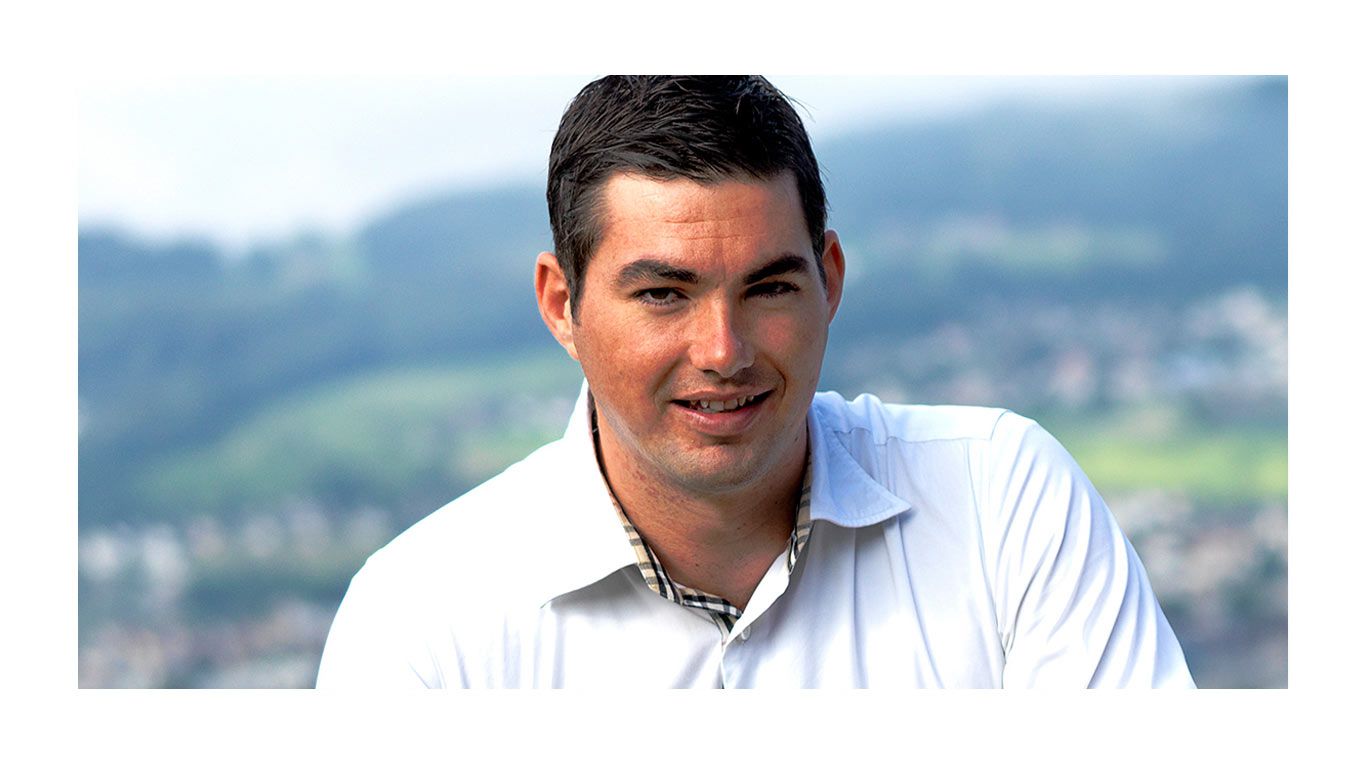
2005
After his apprenticeship as a truck mechanic at Mercedes-Benz, Severin Baer follows in the footsteps of his father Ruedi and opts for a career in the family business. From his father, he inherits diligence, honestly and a passion for the transport business. He starts out as a truck driver on national routes. Later, he becomes a dispatcher for transports in Germany and the Benelux countries. Finally, he relocates to Lugano to serve as the transport director for Planzer Como. When his father unexpectedly passes away, Severin comes back to Dietikon. That same year, he joins the executive board and becomes a member of the board of directors and shareholder in the Planzer family holding company. Today, the father of three heads the national transport division.
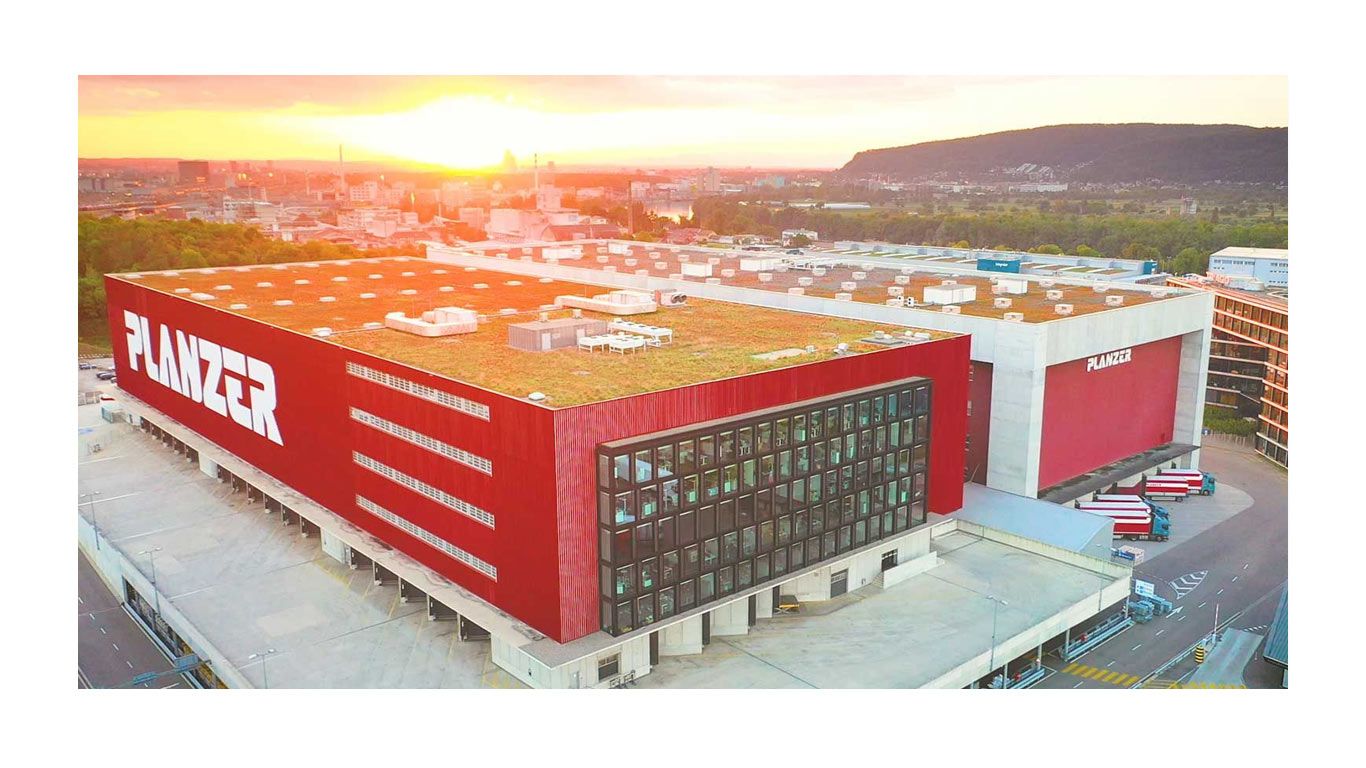
2006
The Planzer family opens its third large logistics centre in Pratteln, known as Pratteln 1. Basel and its industries, and particularly the biotechnology and pharmaceuticals industries, are flourishing. Bruno and Nils are also keen to take part in this development. The location in Pratteln is also noteworthy for its architecture. At this location, the logistics professionals mainly serve pharmaceutical customers with the most exacting quality requirements. Quality management is accordingly important. Planzer is certified by Swissmedic in order to store, pick and transport goods in an appropriate and professional manner.
A few years later, Pratteln 1 is already reaching its capacity and Bruno is planning an expansion: Pratteln 2. The opening is held in 2012. The infrastructure offers the ability to load and unload the trucks on two levels depending on the product specifications.
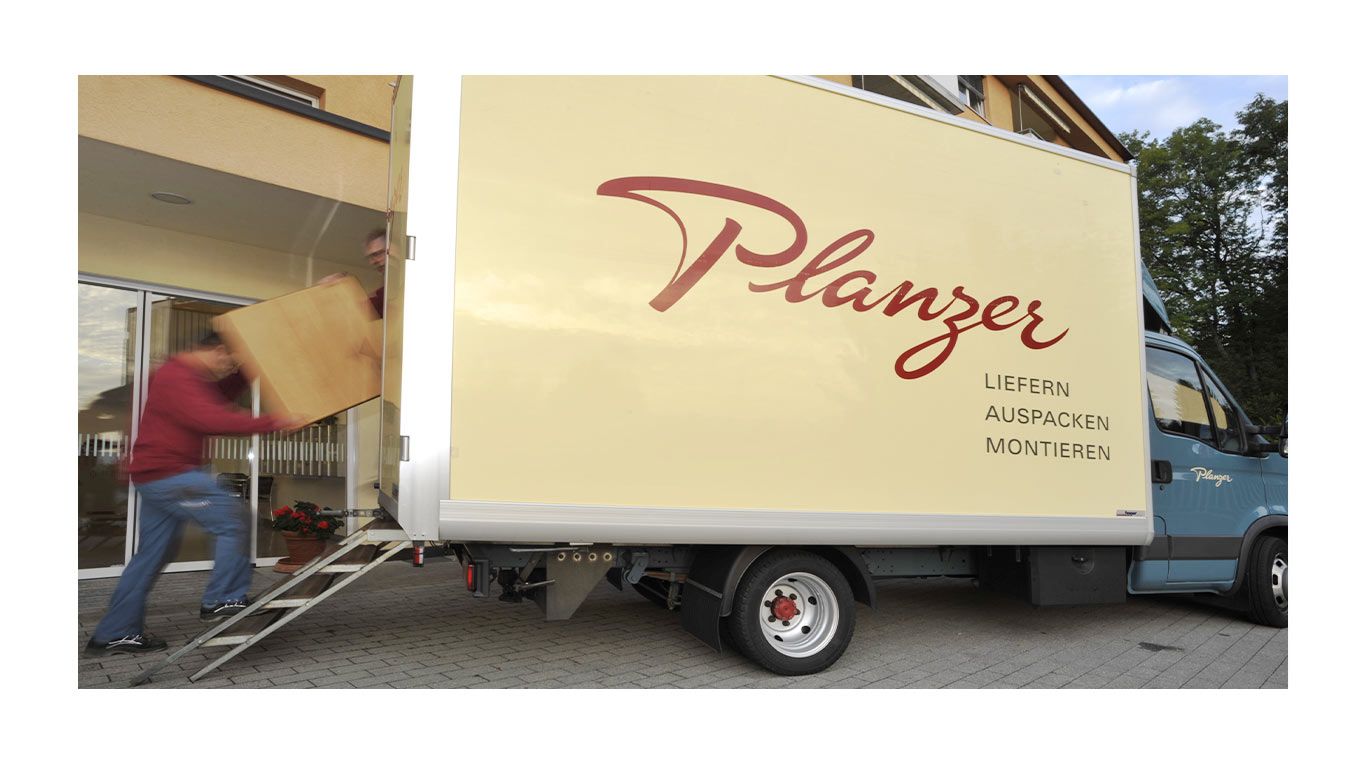
2007
With an order from a large furniture store, Planzer embarks into a new business segment: the delivery and assembly of new furniture to the home address of private individuals. As an expression of this new and yet back-to-the-roots-style service, Planzer resurrects its dark-red founder’s logo for new furniture. The logo replicates the signature of Max Planzer Sr. The service bills itself as the 2-person service as it is carried out by two people. The same year, Nils becomes the president of the board of directors.
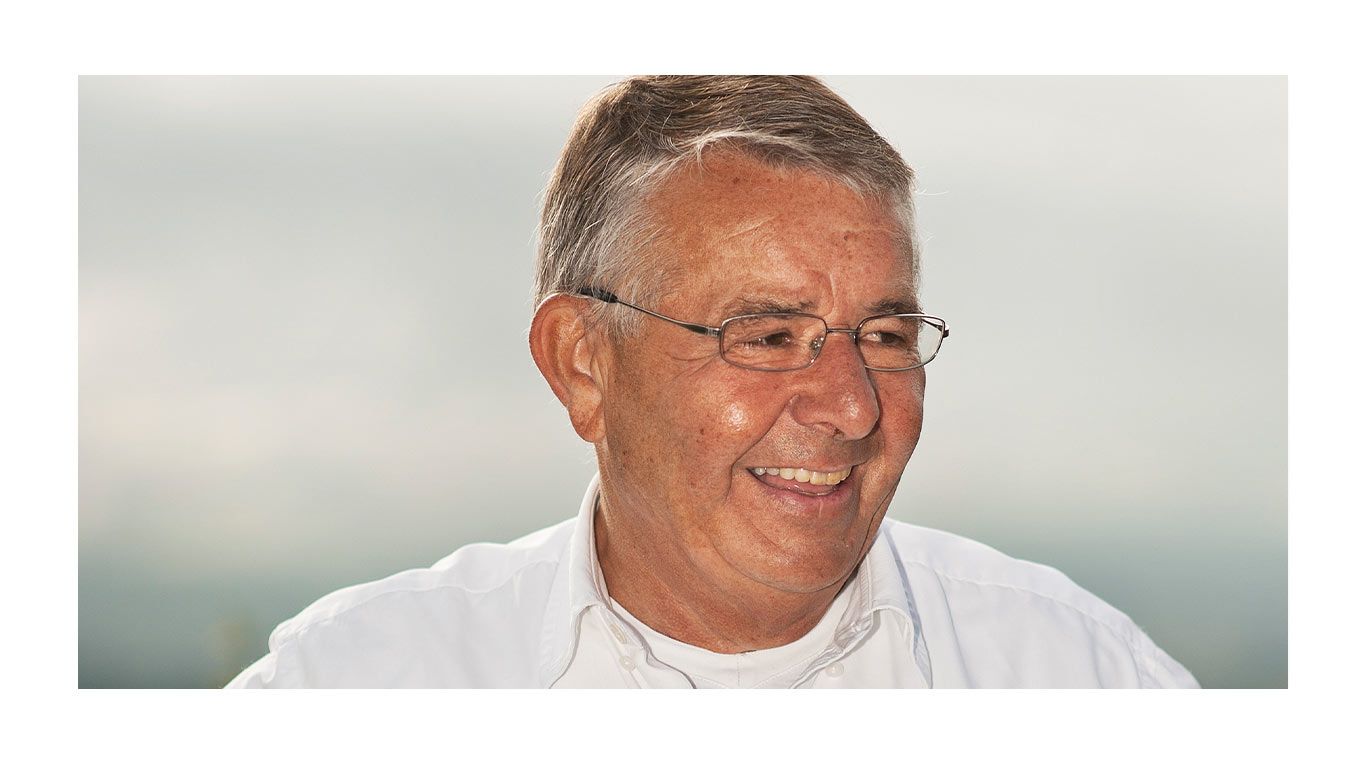
2008
Bruno celebrates his 65th birthday. He resigns from board of directors duties and leaves other bodies such as ASTAG. He transfers his shares to his daughter Pascale and son Nils.
2010s to the current day
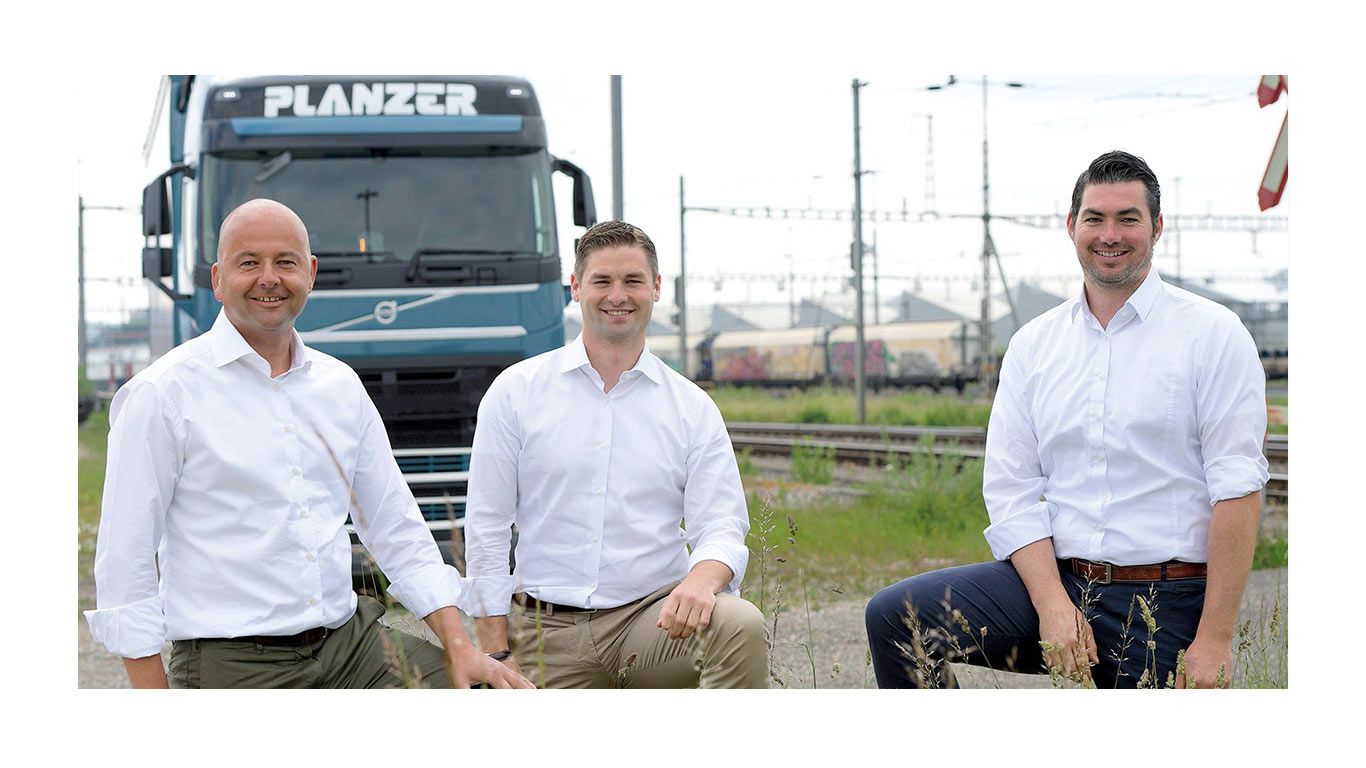
2010
Ruedi Baers’ younger son Nicolas joins the family business. The trained forwarding agent brings project experience with Panalpina in Singapore to the job and begins to study economics. At the same time, he works as a driver for Planzer and familiarises himself with warehouse logistics, scheduling, sales and administration. Then he moves to a carrier subsidiary in Chavorney. In 2014, his brother Severin brings him to Como. Here, Nicolas is responsible for the integration of an international carrier in Como, Italy. He returns to Dietikon in 2015. He becomes a member of the executive board, the board of directors and a shareholder. Today, he heads the international business unit.
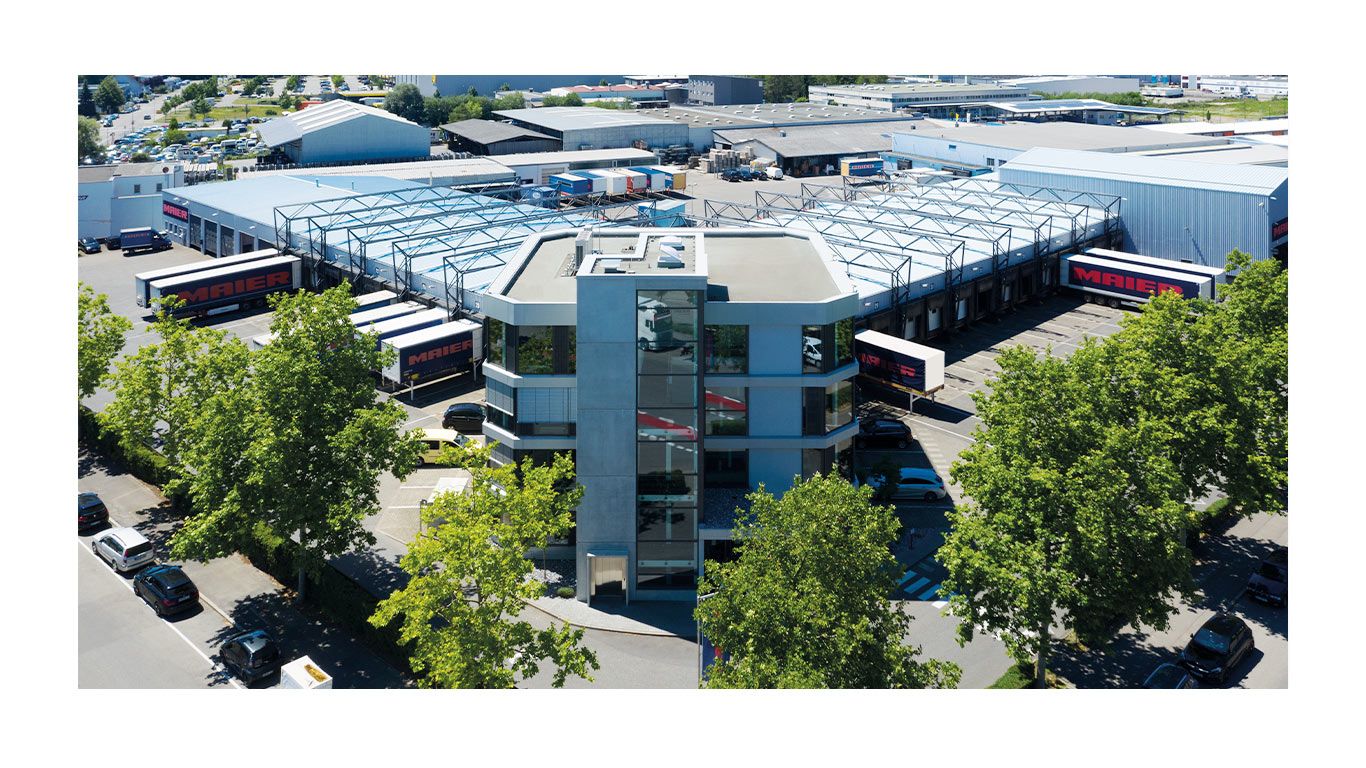
2014
Planzer acquires Maier Spedition GmbH in Singen, Germany. In doing so, the logistics company simplifies barrier-free access to the German market for its Swiss general cargo customers and offers additional cross-border logistics services to its most important neighbour from a single source. Maier Spedition focusses on cross-border traffic between Switzerland and Germany and handles all customs clearance activities for customers on both sides of the border – on location with its own customs offices in Singen (D) and Ramsen (CH). Or logistics activities.
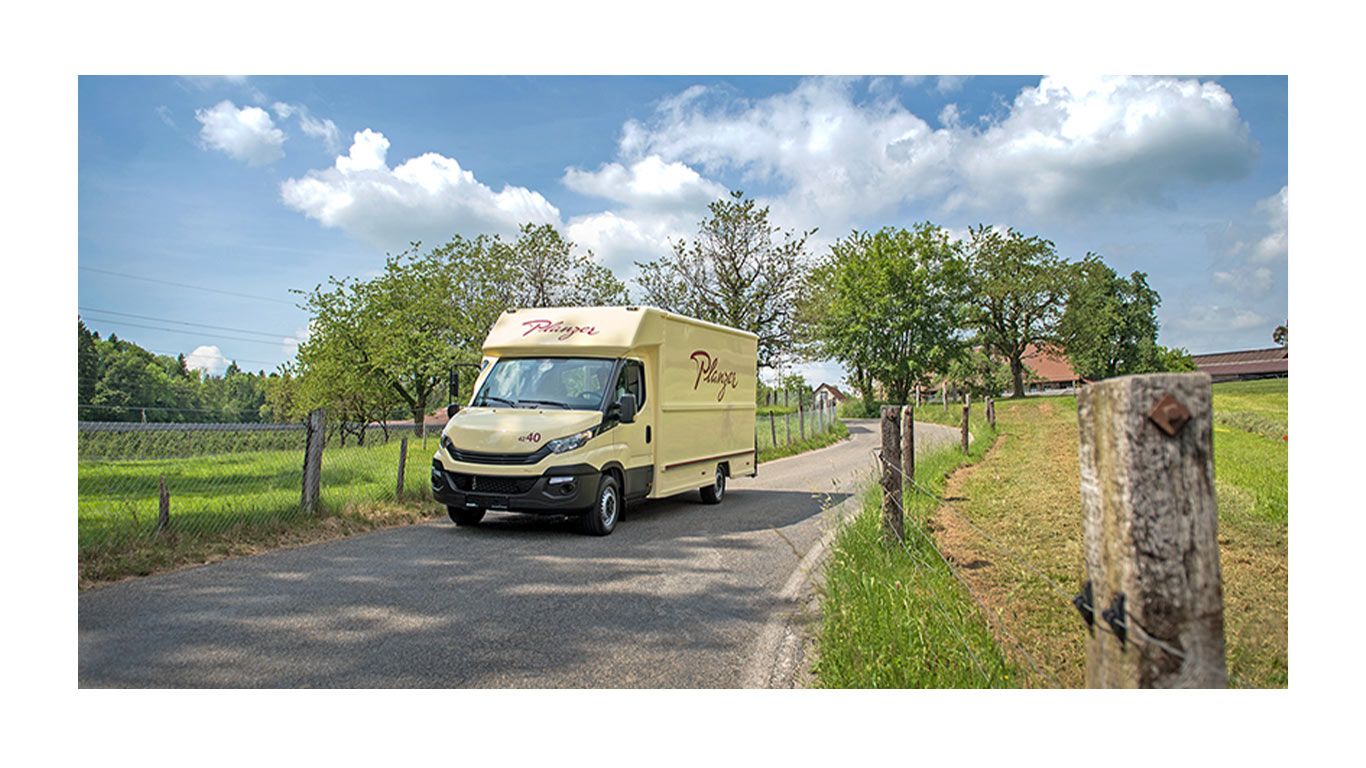
2018
Planzer creates the Planzer Parcel service. With this move, the family-owned company not only enters the monopolistic Swiss small parcel market, but also ventures into the home delivery service market for private customers. Like the two-person service, Planzer Parcel also uses the original logo as an homage to the end-customer competence of company founder Max Planzer Sr.

2019
Planzer concentrates its value-added capabilities in Planzer Synergistics AG. The company acts as an independent supply chain management provider and offers Fourth Party Logistics (4PL) to medium-sized companies. In its solutions, Planzer unites the latest technologies with its many years of experience as a logistics expert.
The same year, Planzer launches the Planzer Home Services brand – the new (and old) two-person service. Under this label, Planzer delivers and installs not only new furniture, but also a range of products for end users: home and garden products such as garden lounge sets, barbecues, fitness equipment and home electronics. The driver of Planzer Home Services is the boom in e-commerce, accelerated in no small measure by COVID-19. Planzer Home Services also uses the original founder’s logo – but in blue rather than dark red.
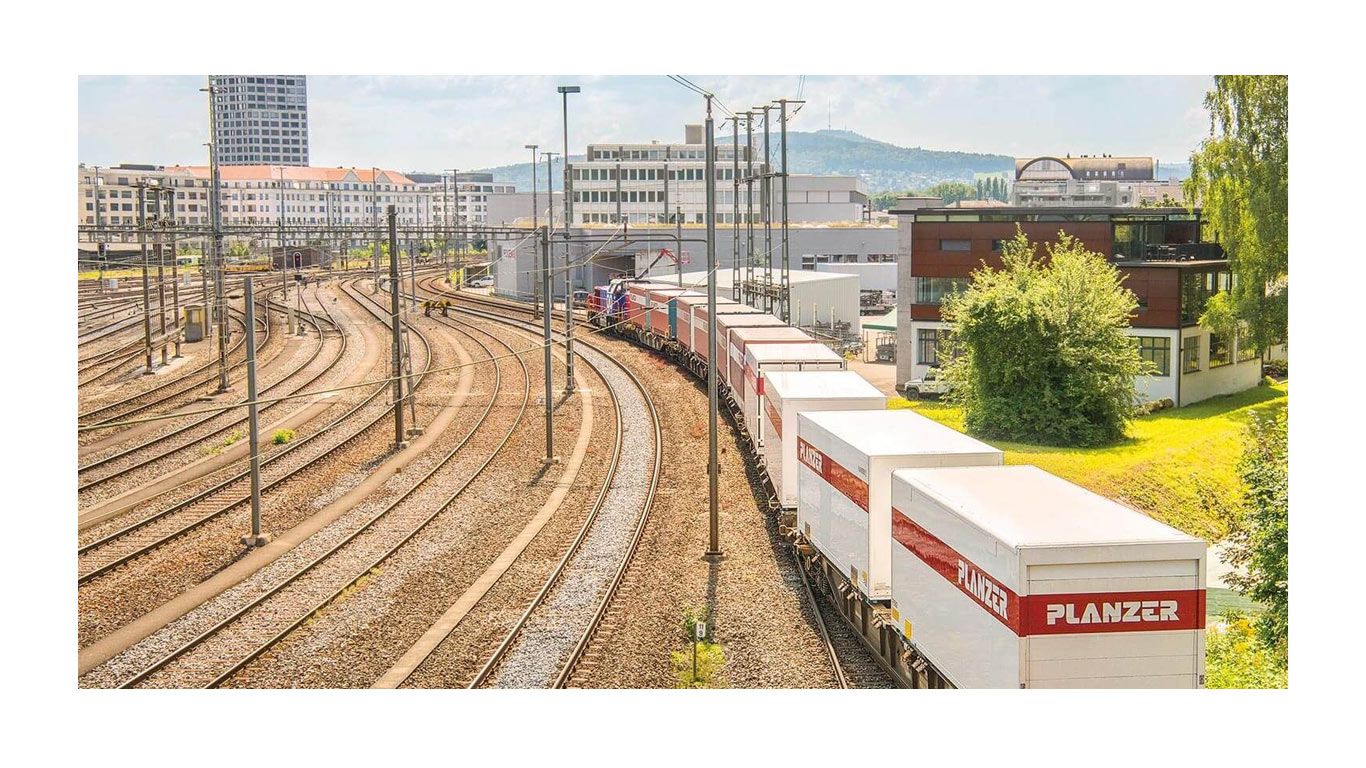
2020
Goods transport is systemically important and thus existential for Switzerland in the first year of the COVID-19 pandemic. Planzer expands its supply activities in all areas. The home deliveries by Planzer Parcel and Planzer Home Services are particularly in demand.
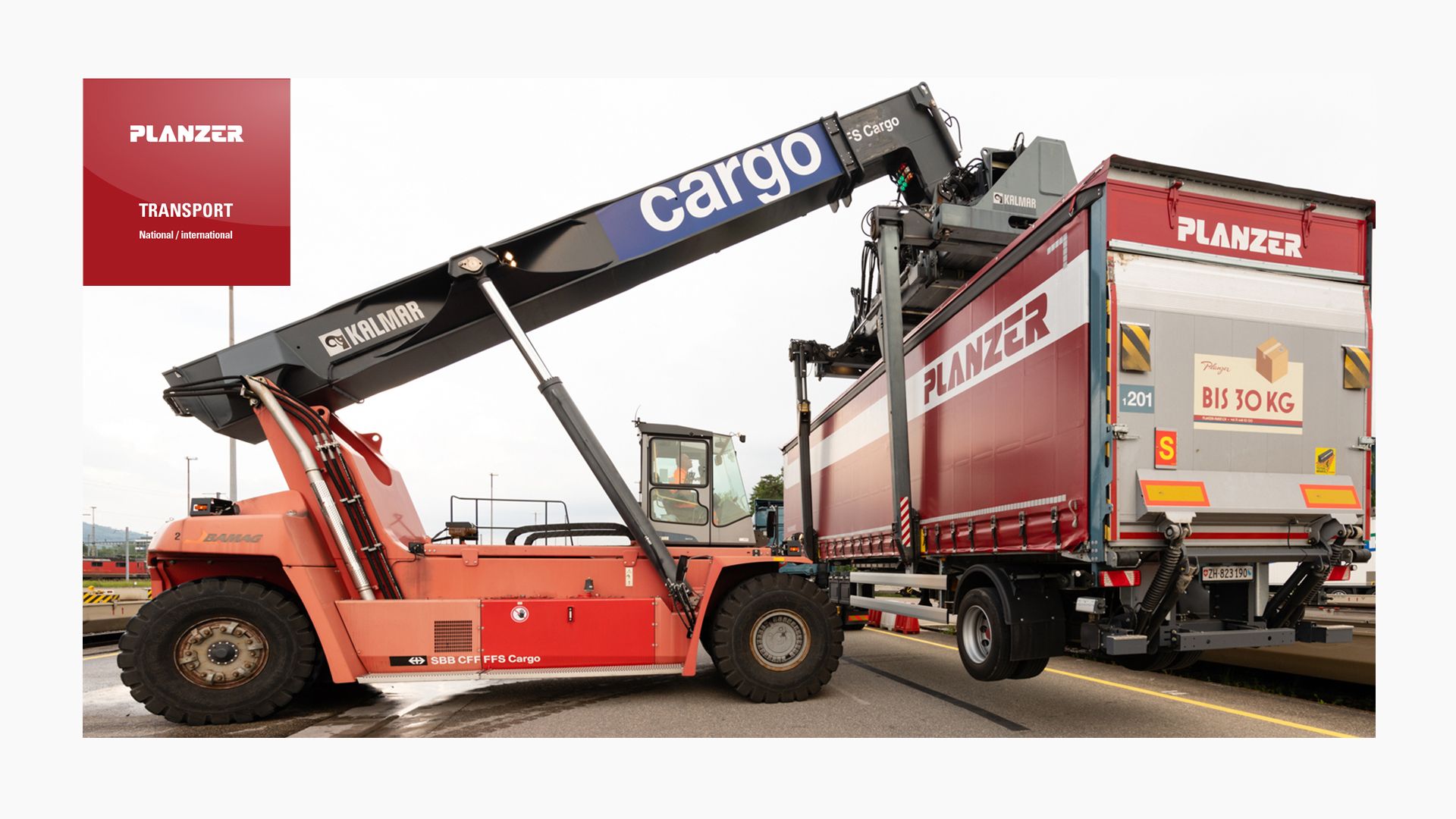
2021
In the Cityliner pilot project, Planzer transports general cargo by rail between Zurich and Ticino using the Cityliner trailer. This cuts out an entire transshipment, simplifies dispatch and increases the proportion of low-emission rail transport in the modal split.
The Planzer Workbench innovation programme is also launched in 2021. Planzer’s aim here is to implement internal and external ideas to bring about both small everyday improvements and visionary innovations.
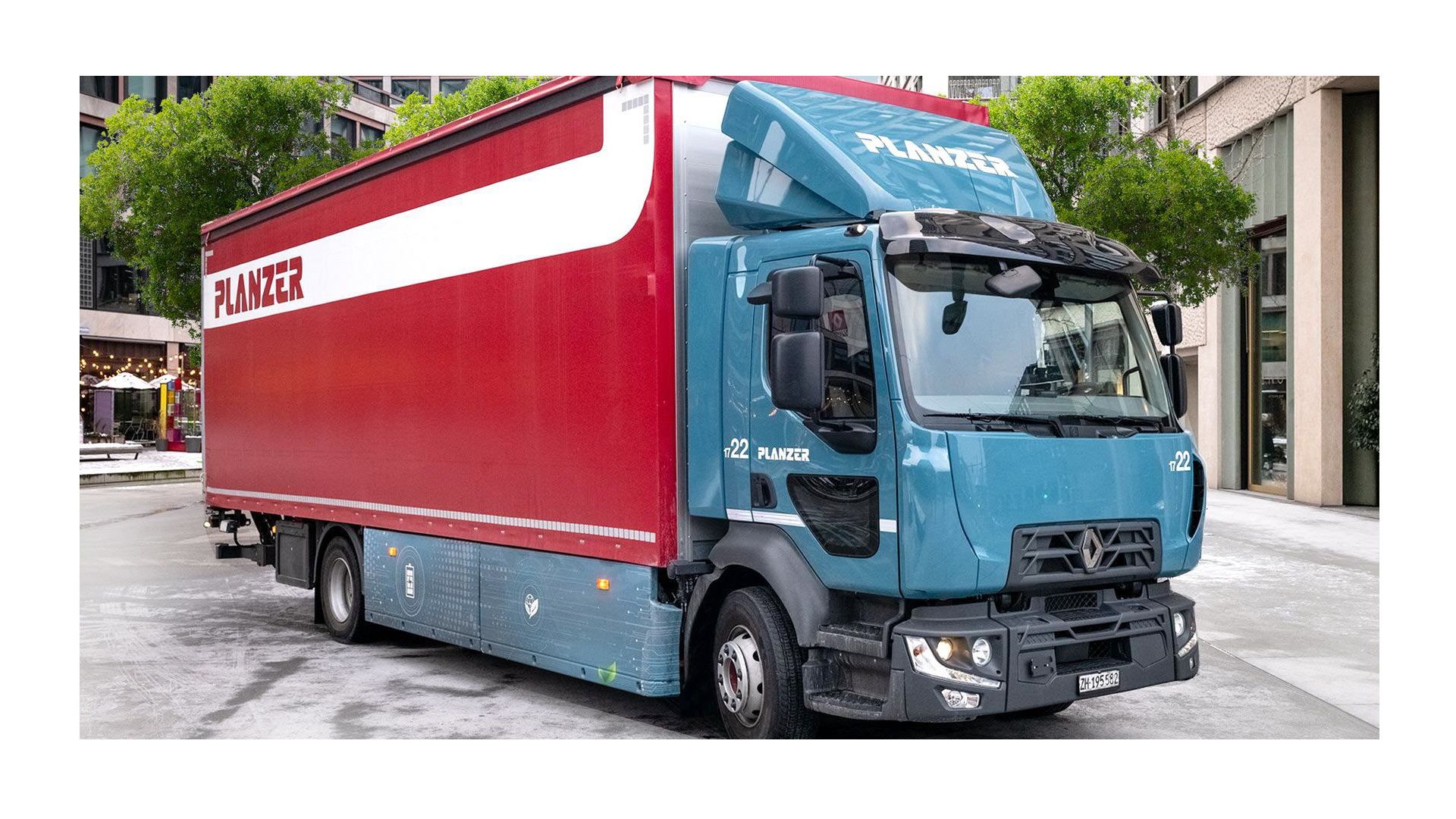
2022
Planzer consolidates all its ecological, social and economic activities under the name «Plan P» and takes the plan-p.swiss platform live. In the summer, 13 new e-trucks are rolled out, 12 of them from the Renault Trucks brand. These enable Planzer to reduce the average emissions of a 16-tonne truck by more than 80%, preventing around 700 g of CO2 per kilometre driven from entering the atmosphere. Finally, a two-vehicle driverless transport system (DTS) is tested in Felben-Wellhausen. It accelerates the internal flow of goods and reduces the workload for employees. Once the test phase is successfully completed, the DTS is further optimised and brought into regular operation.

Your contact
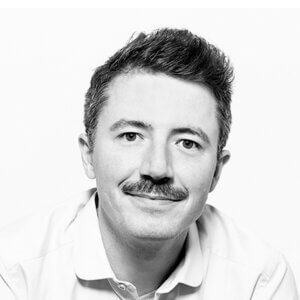
Head of Marketing & Communication

